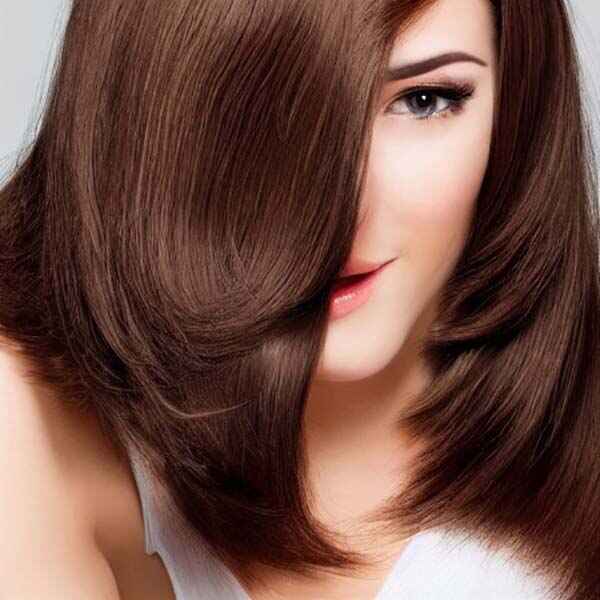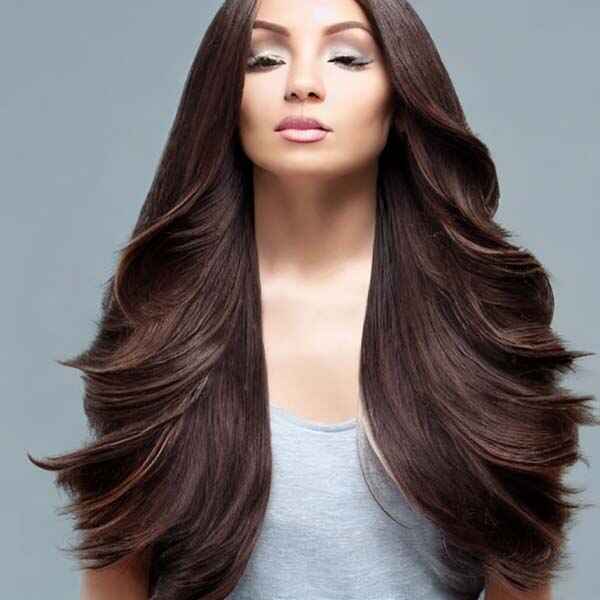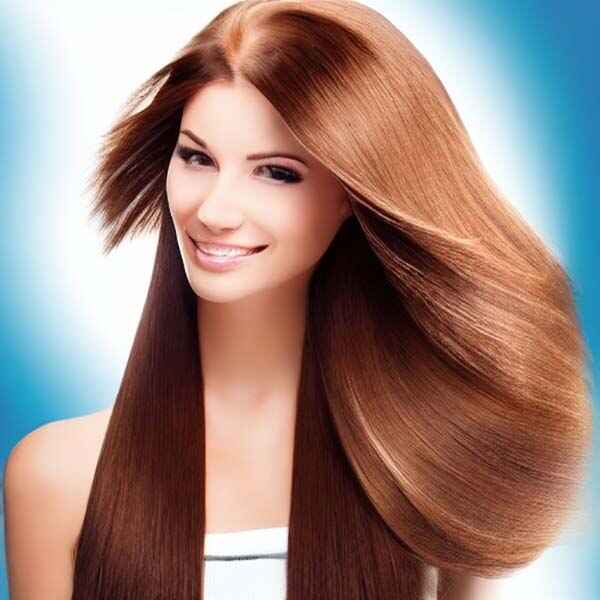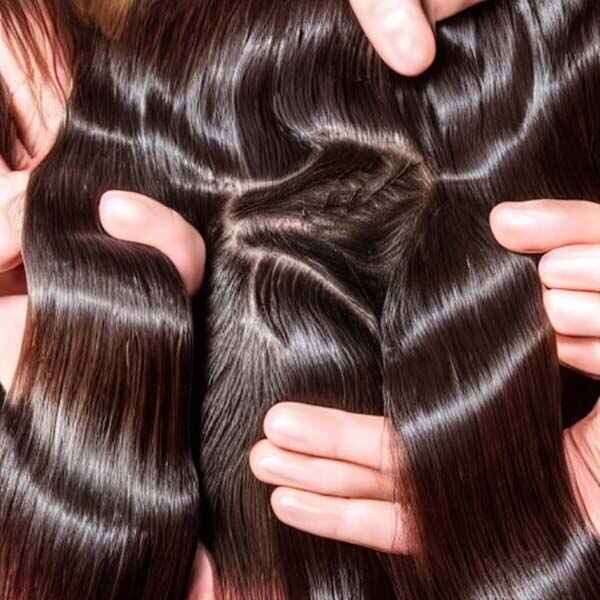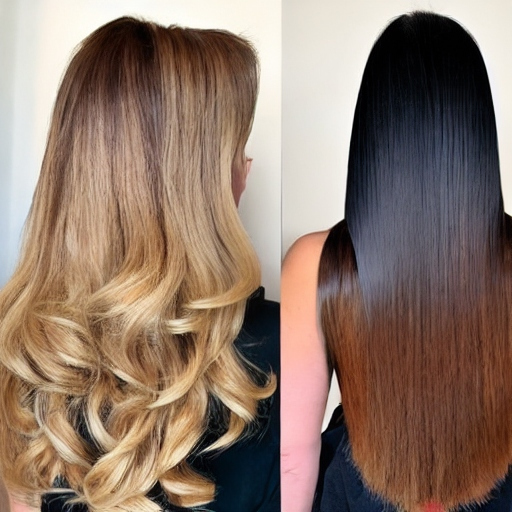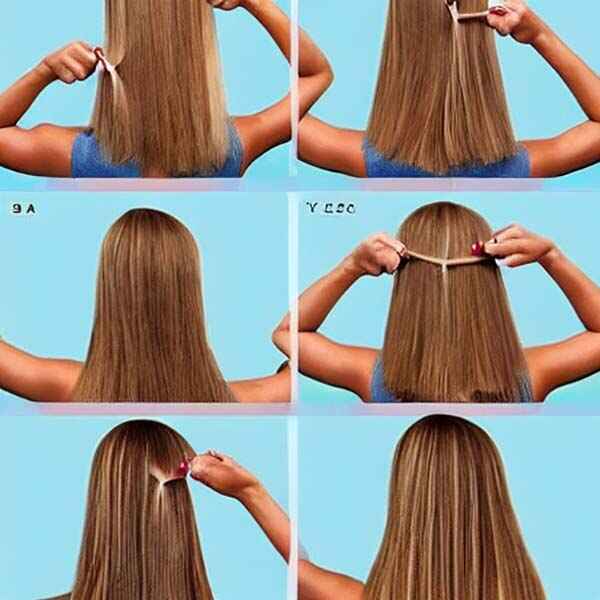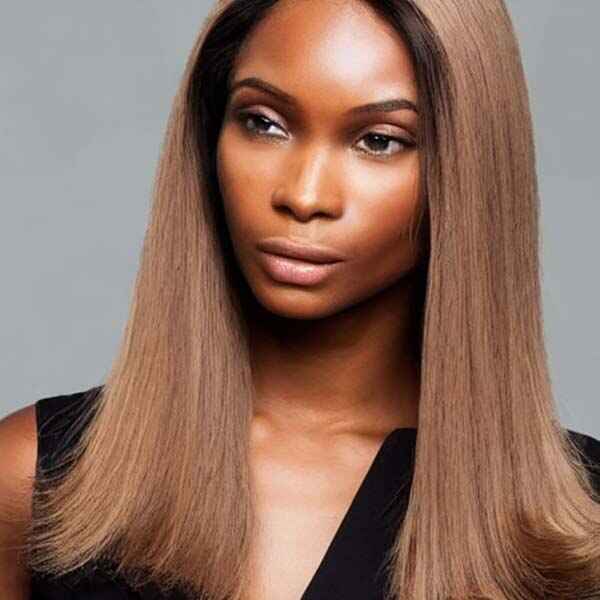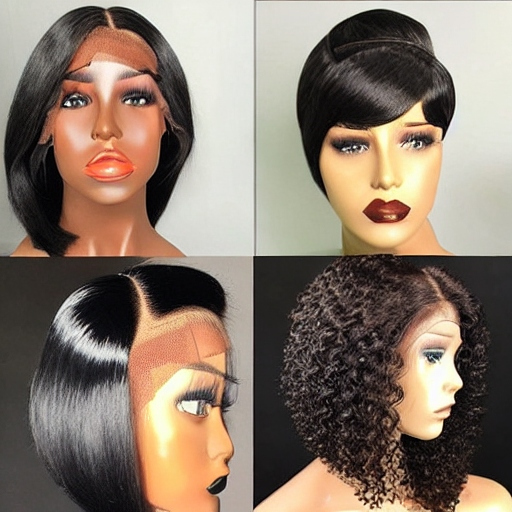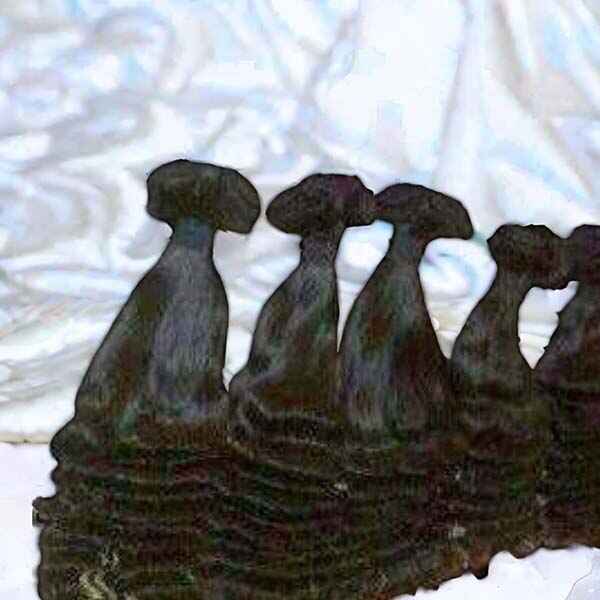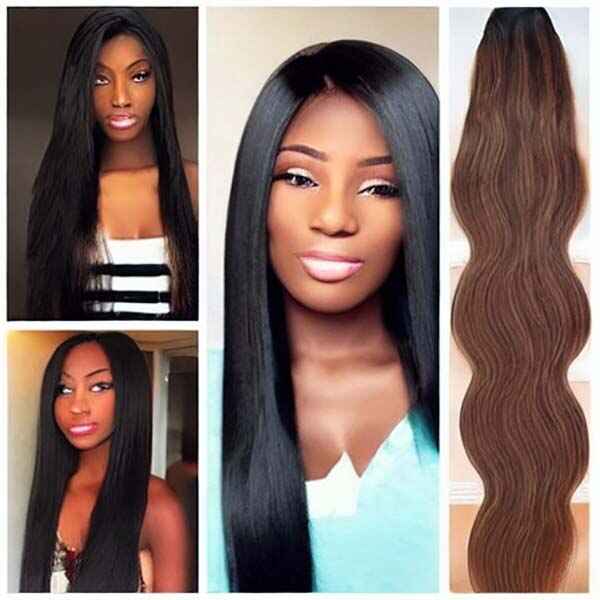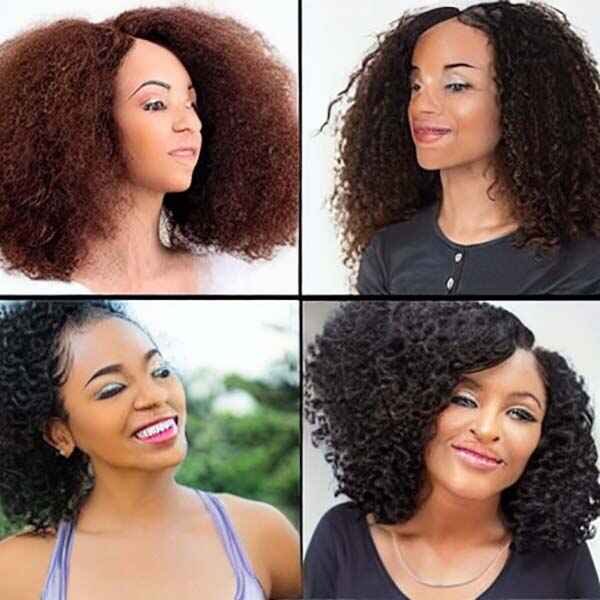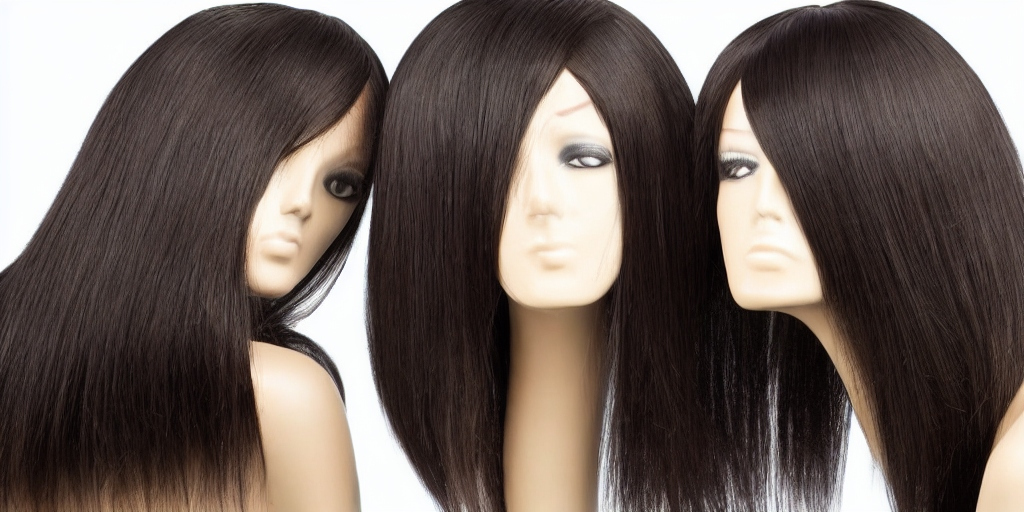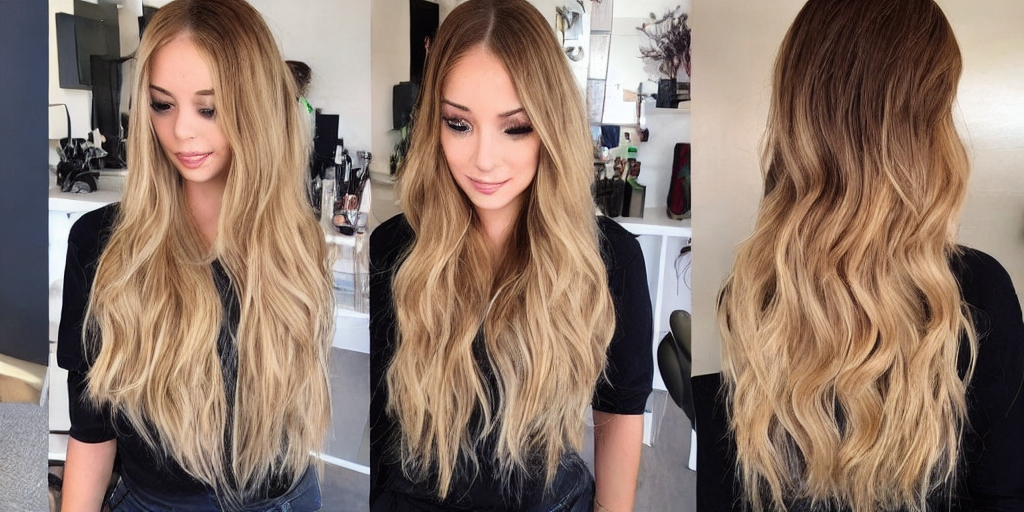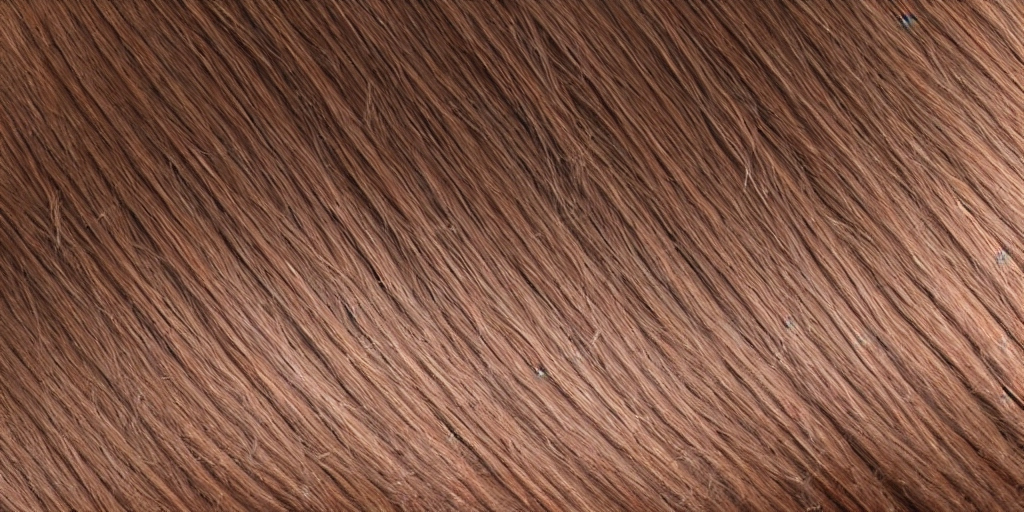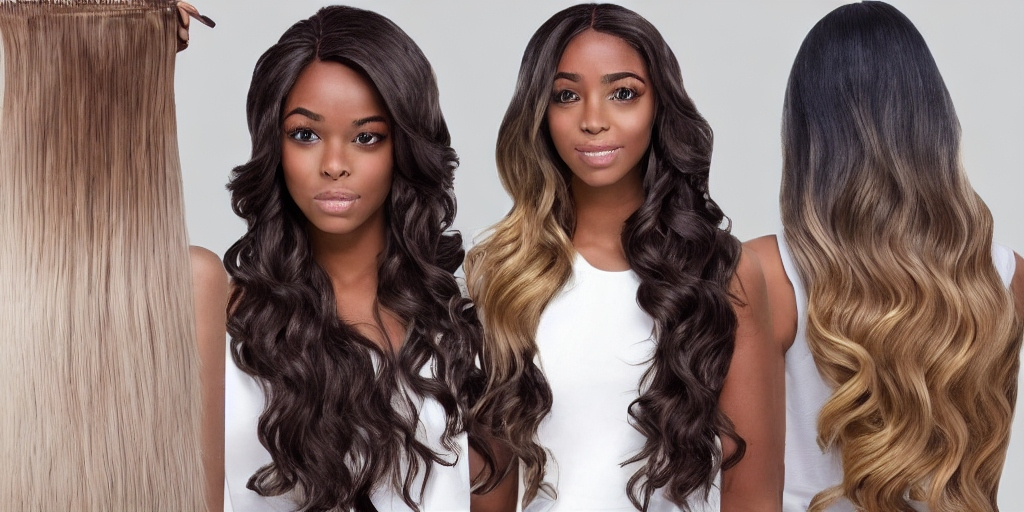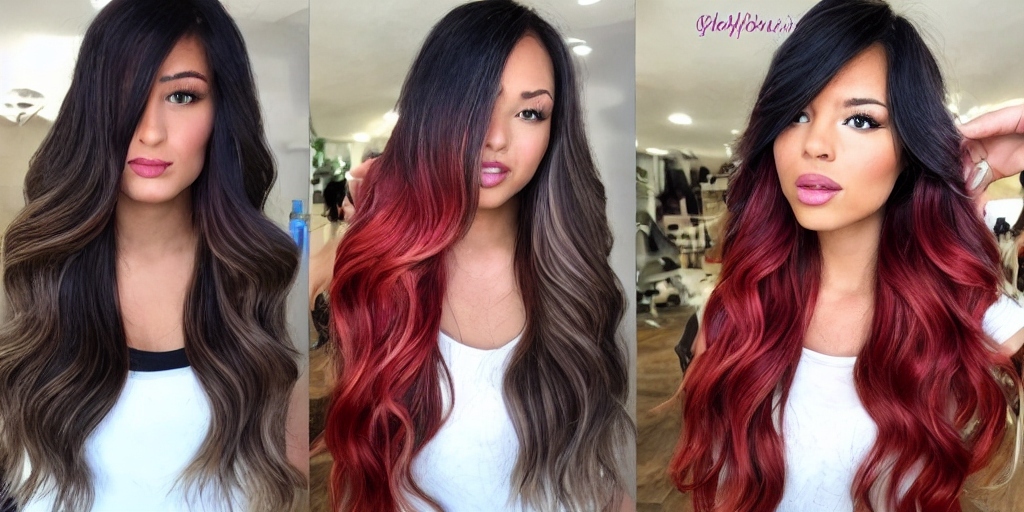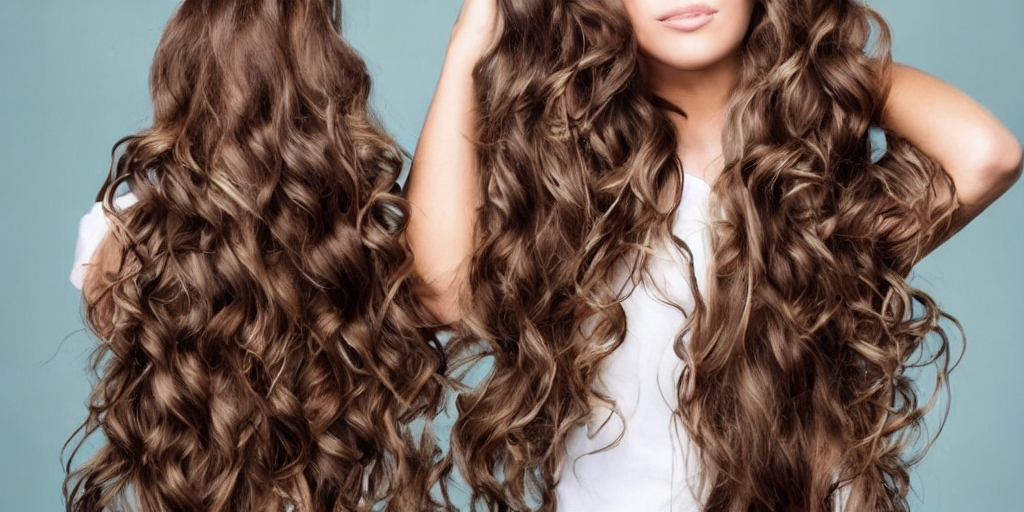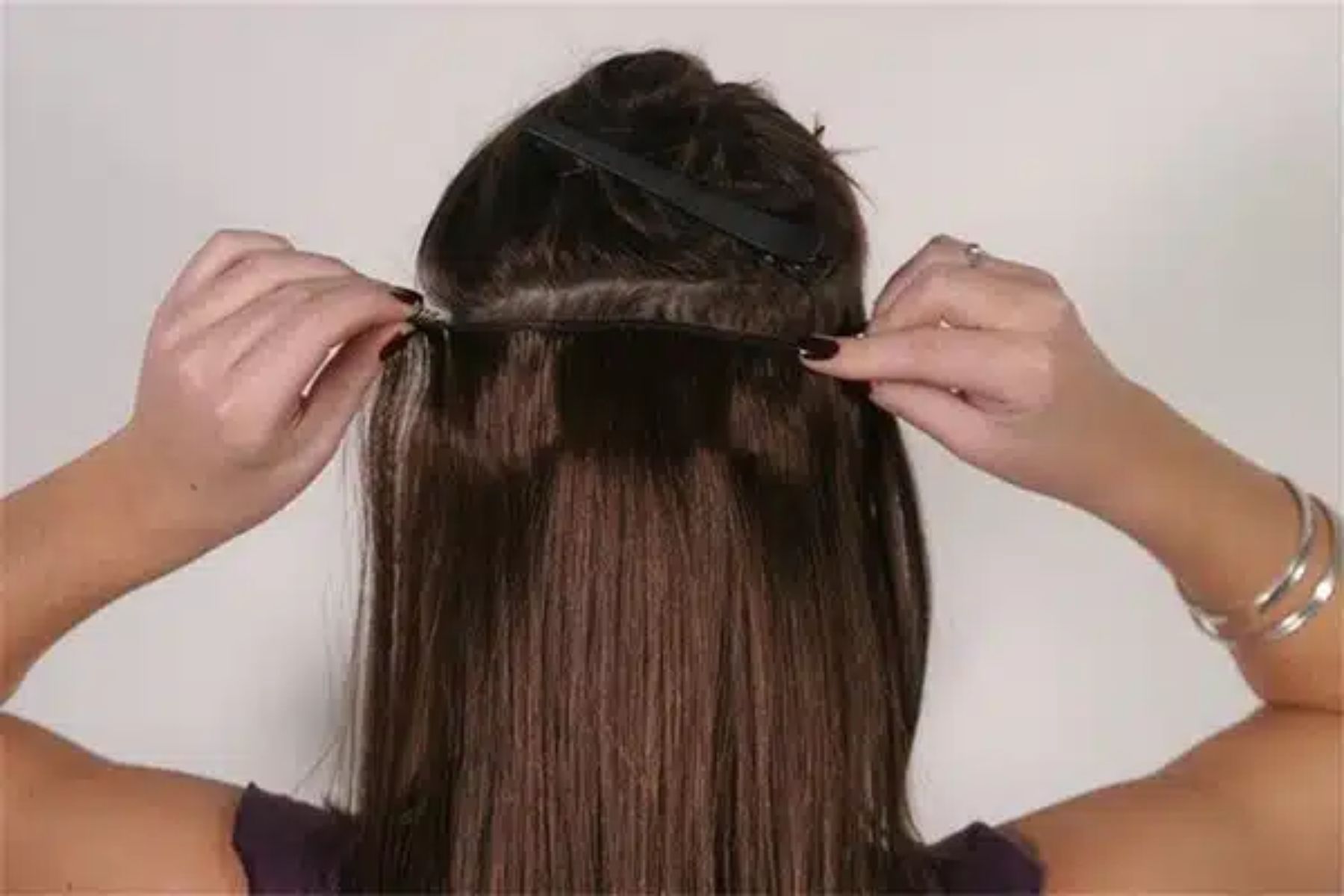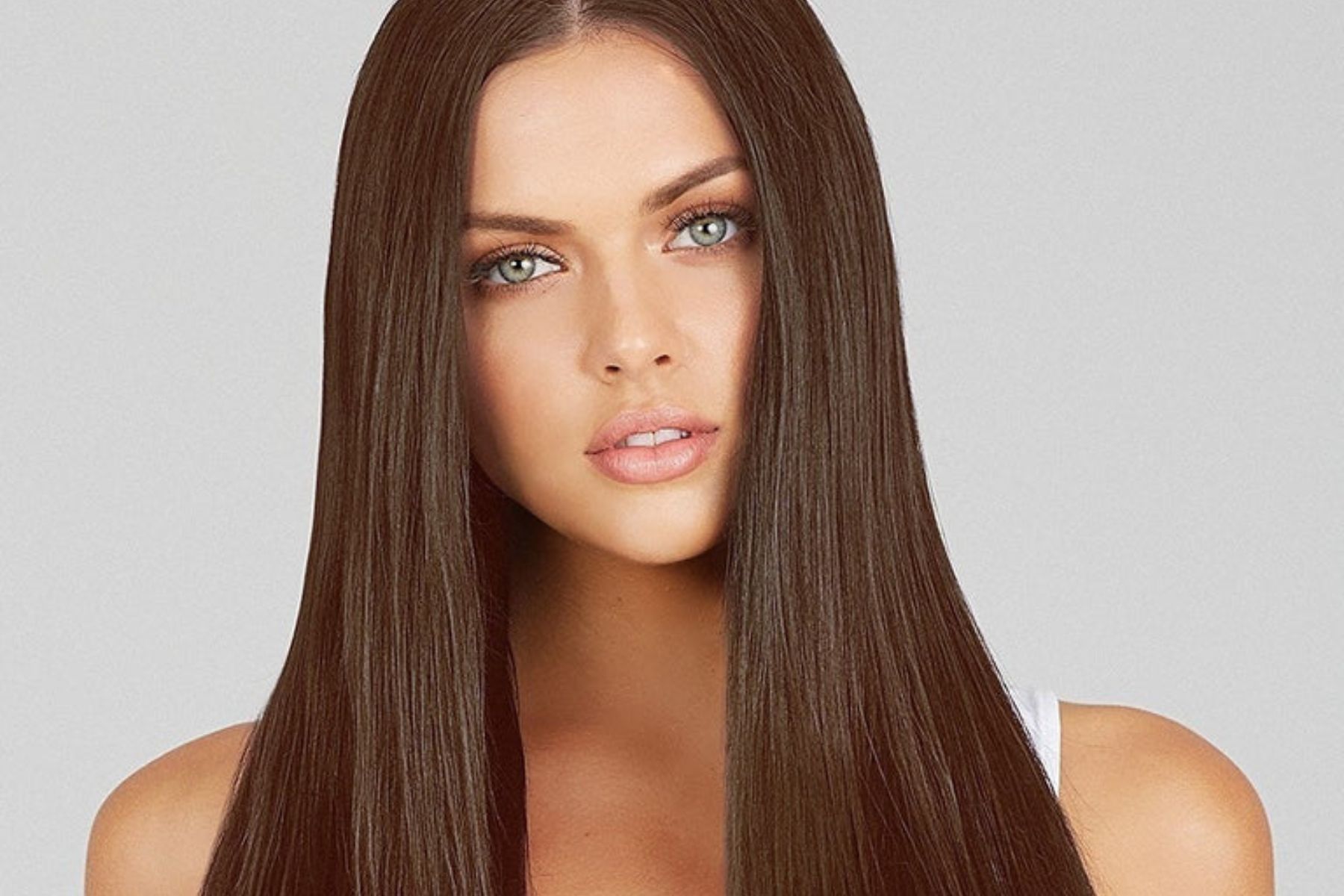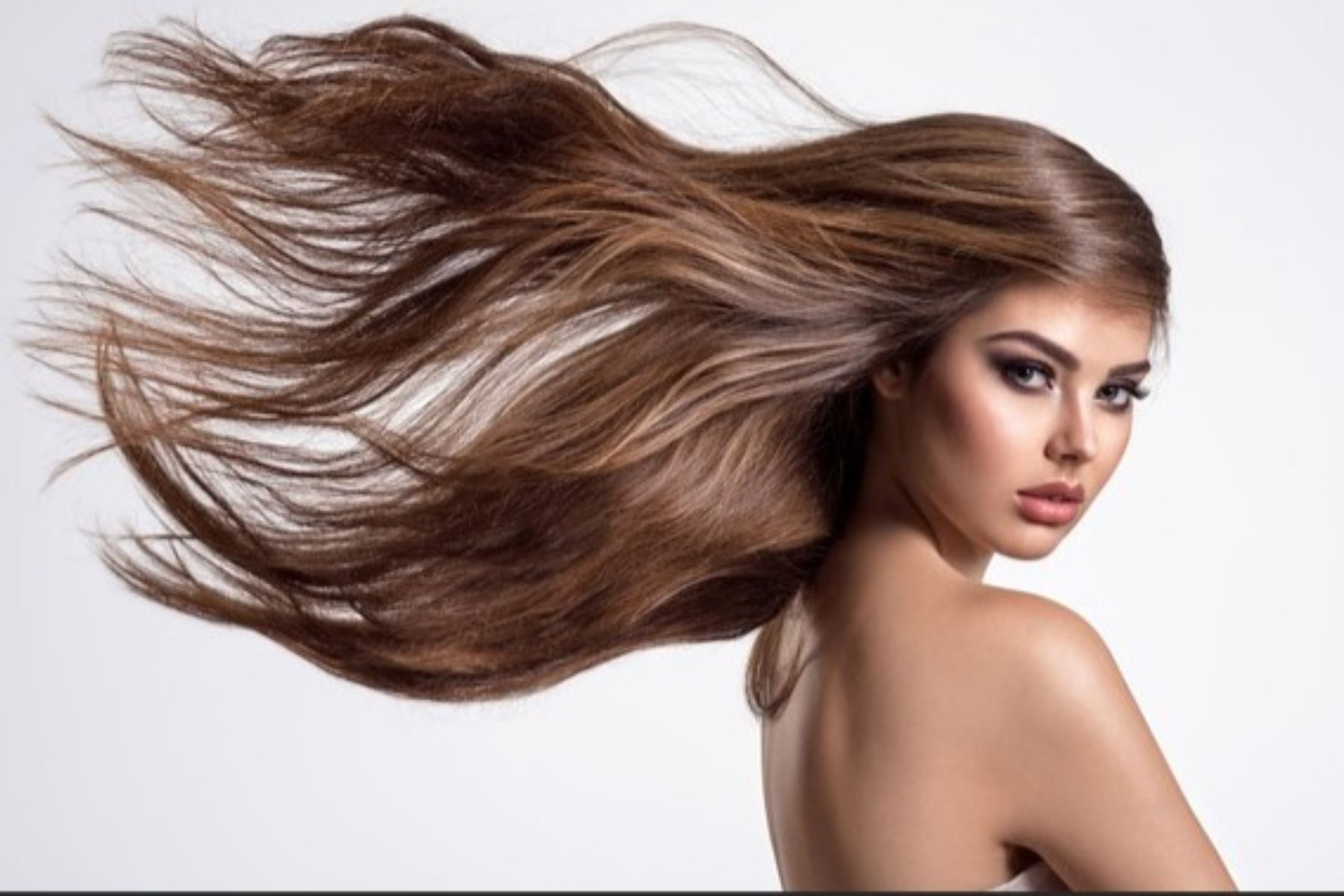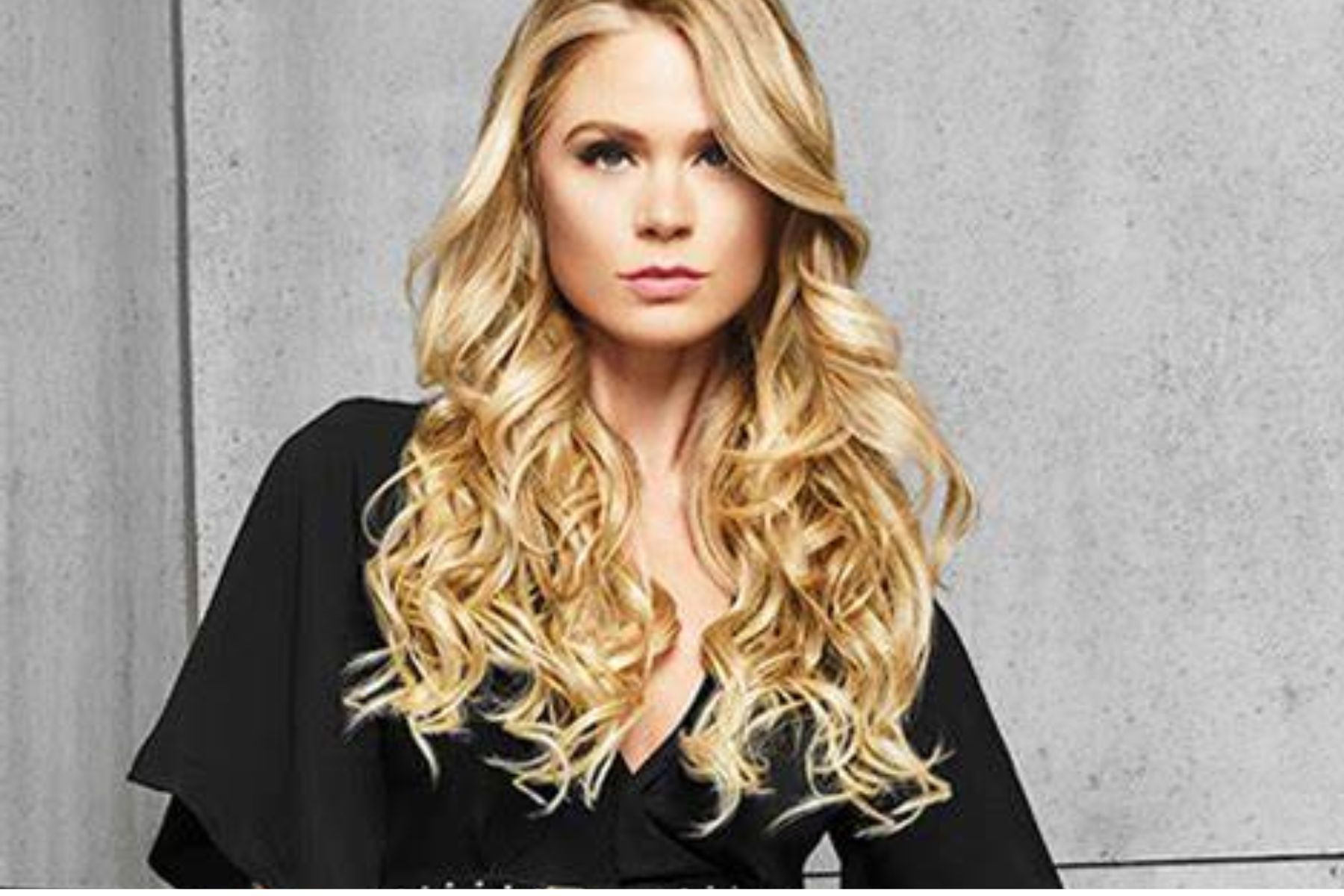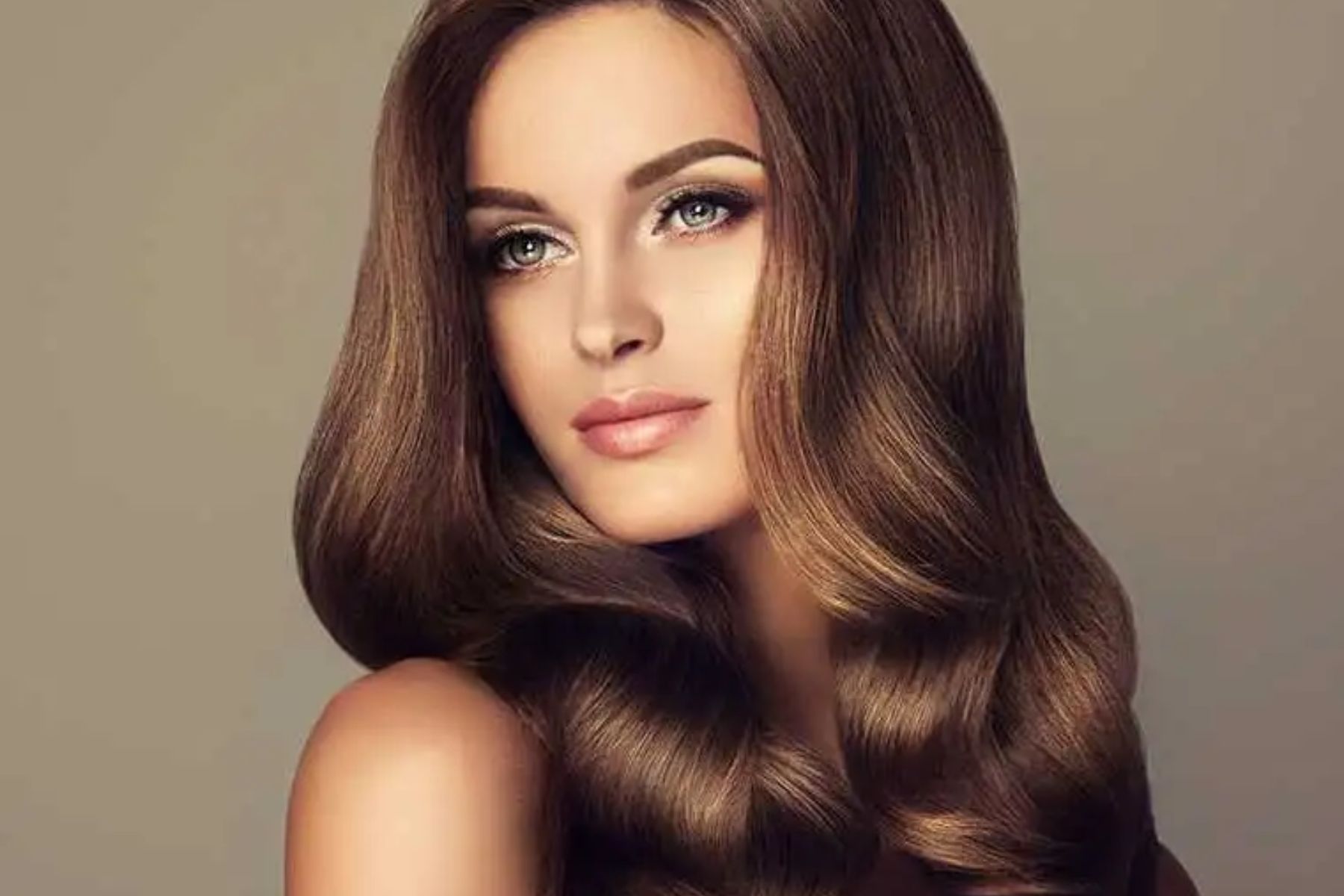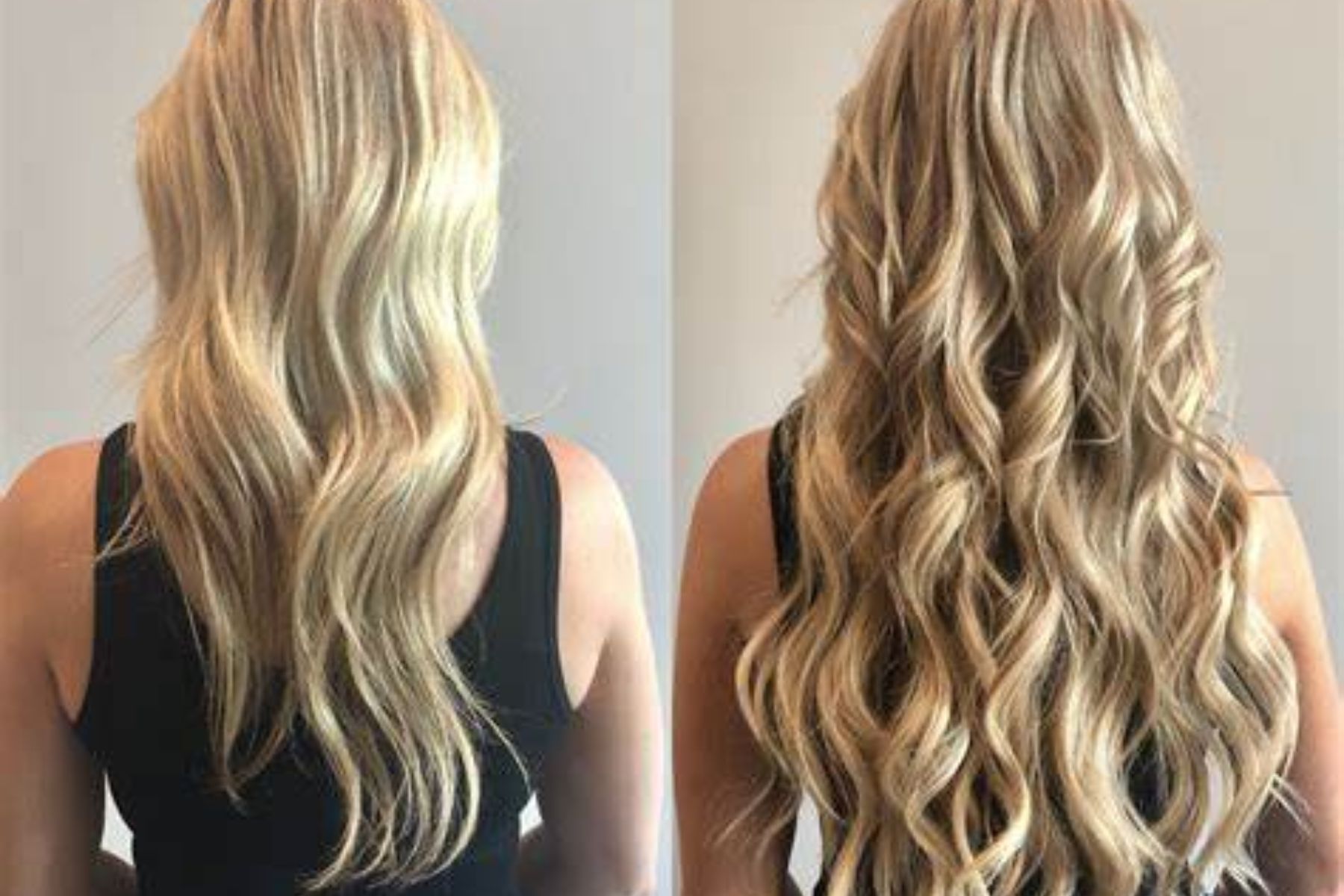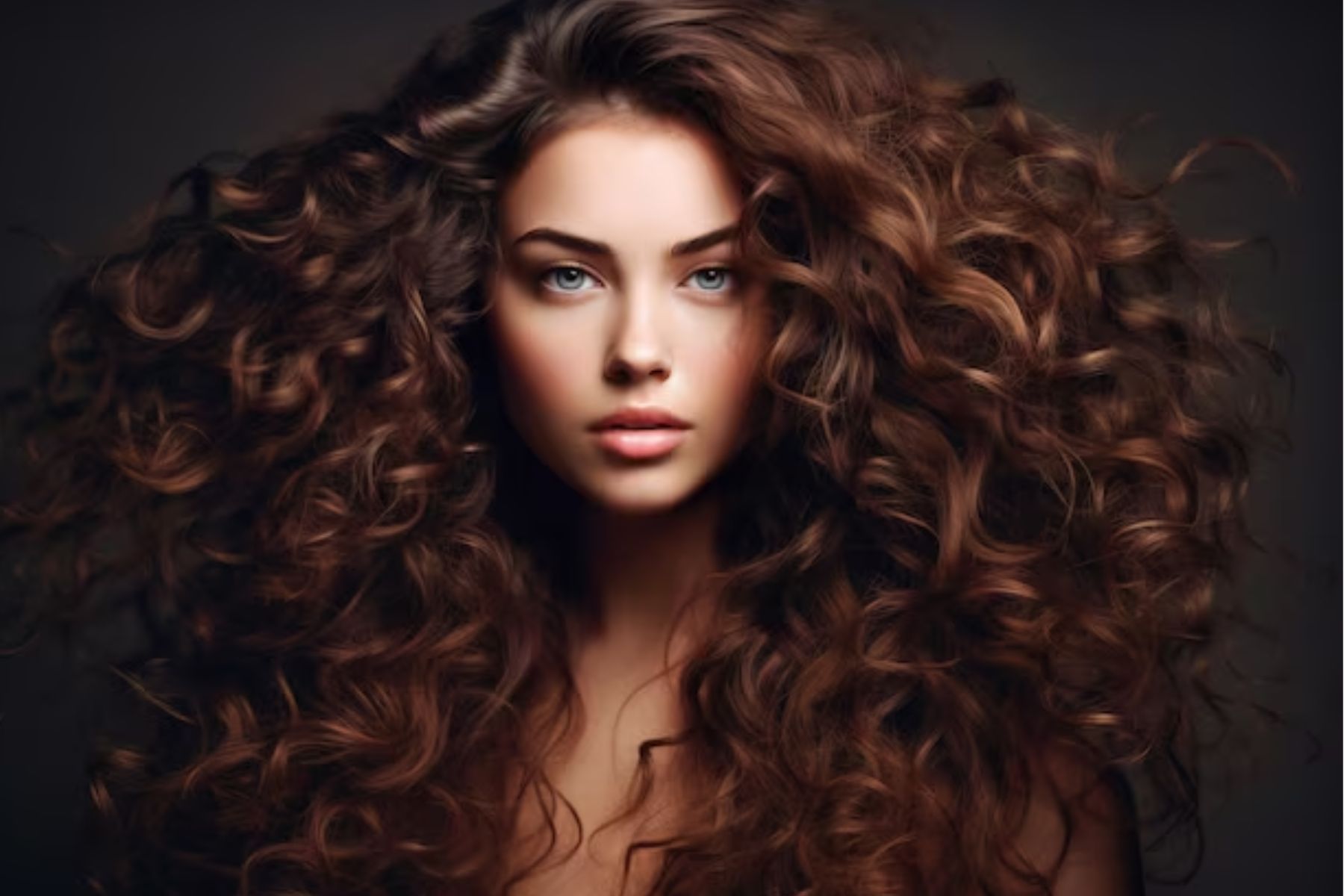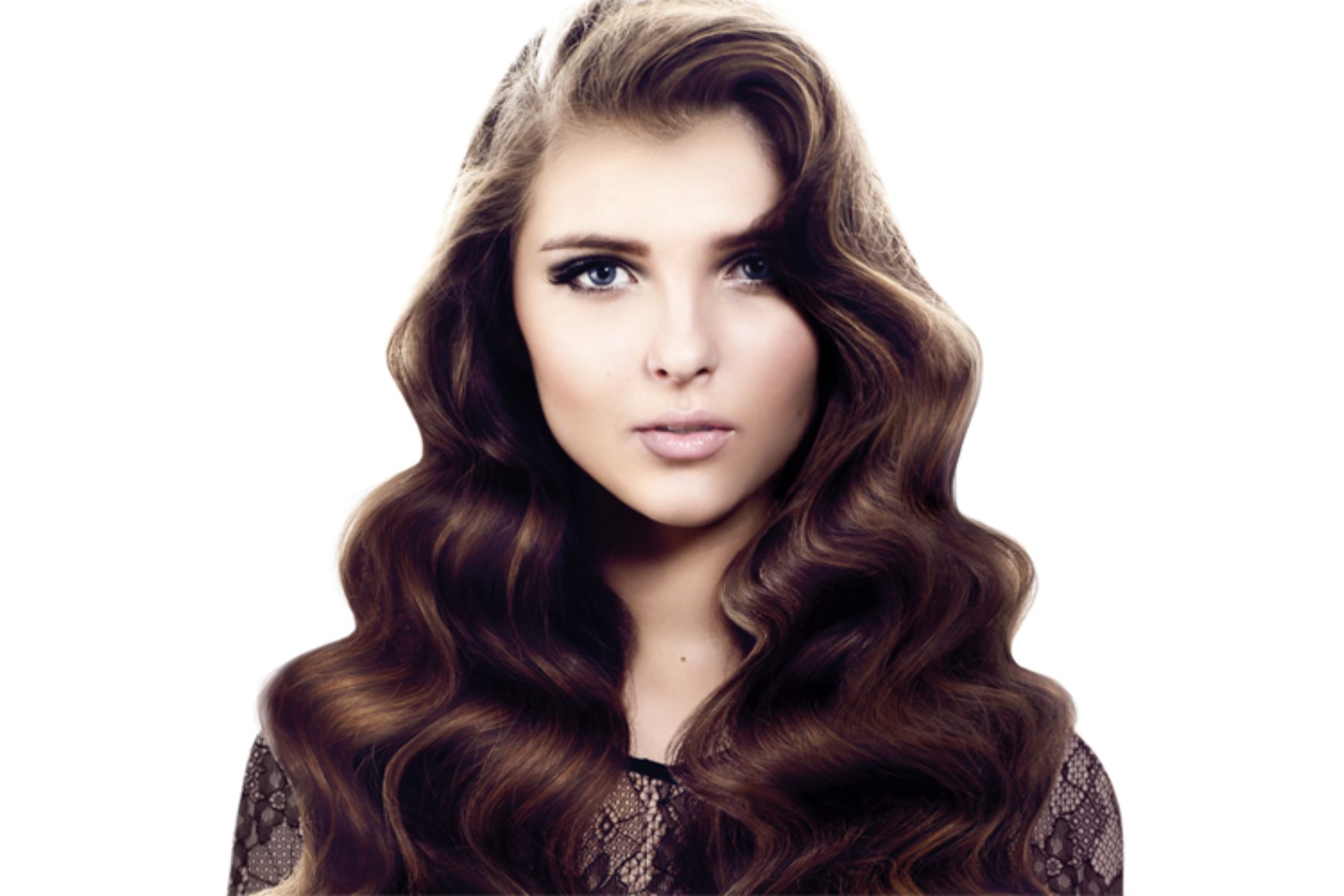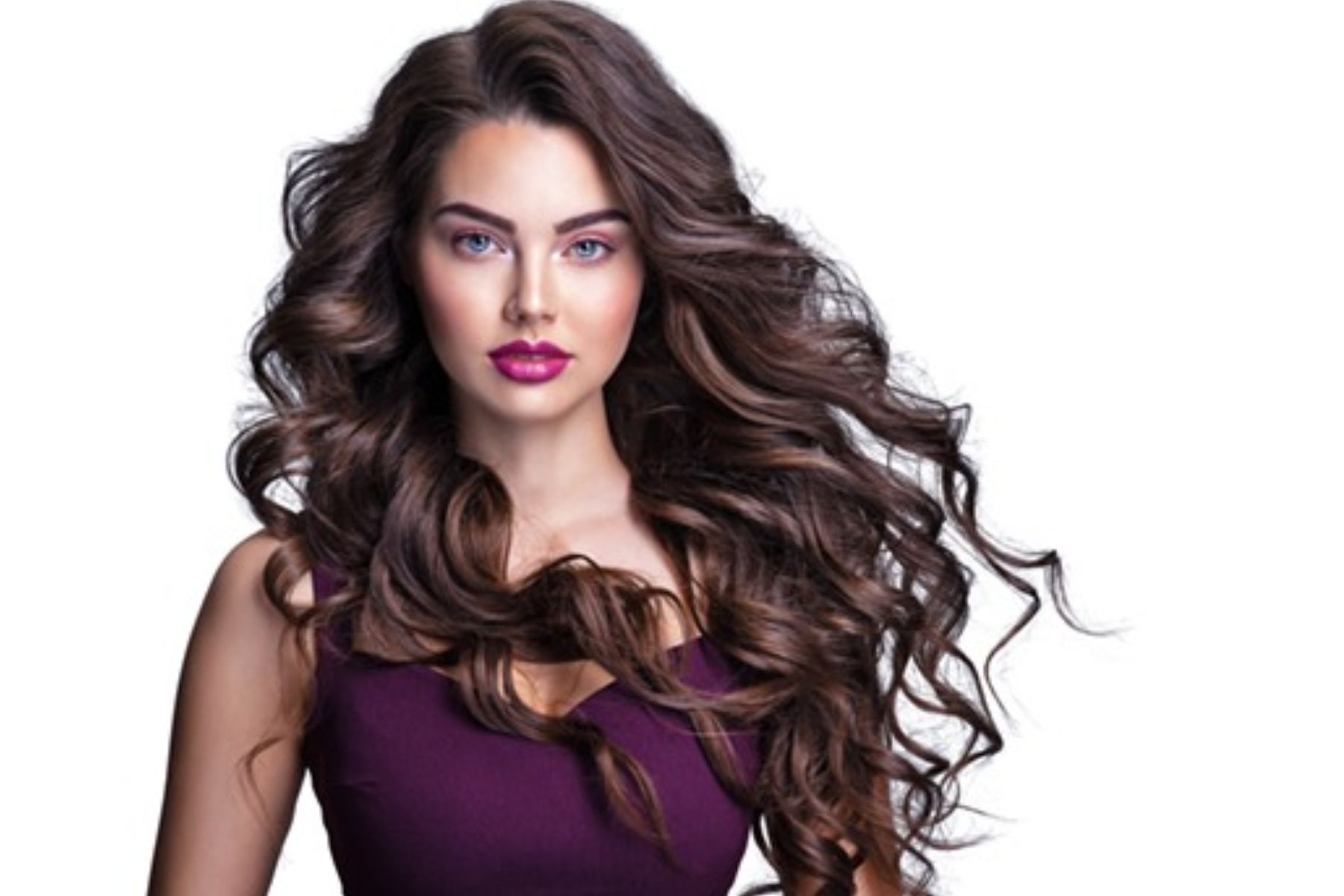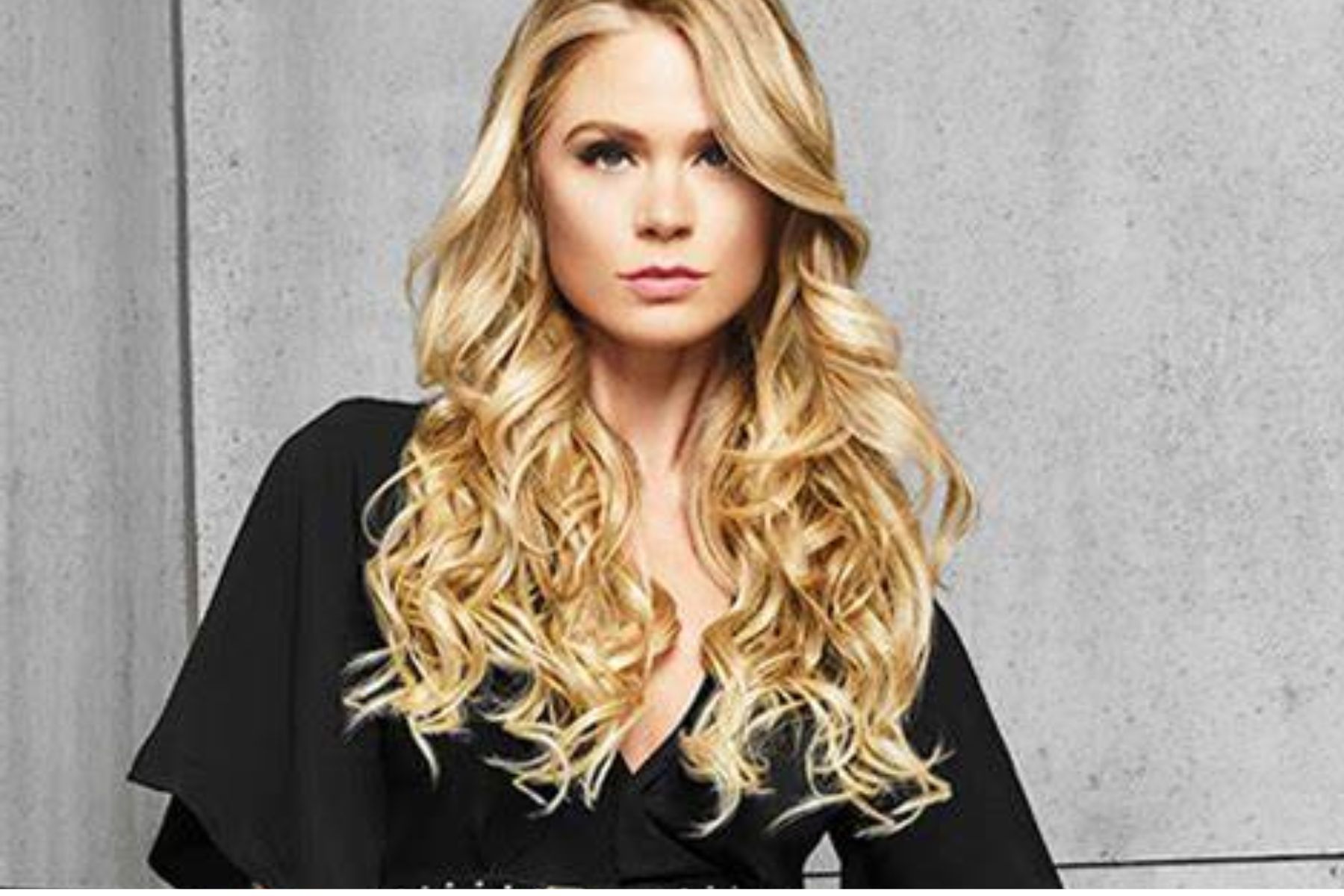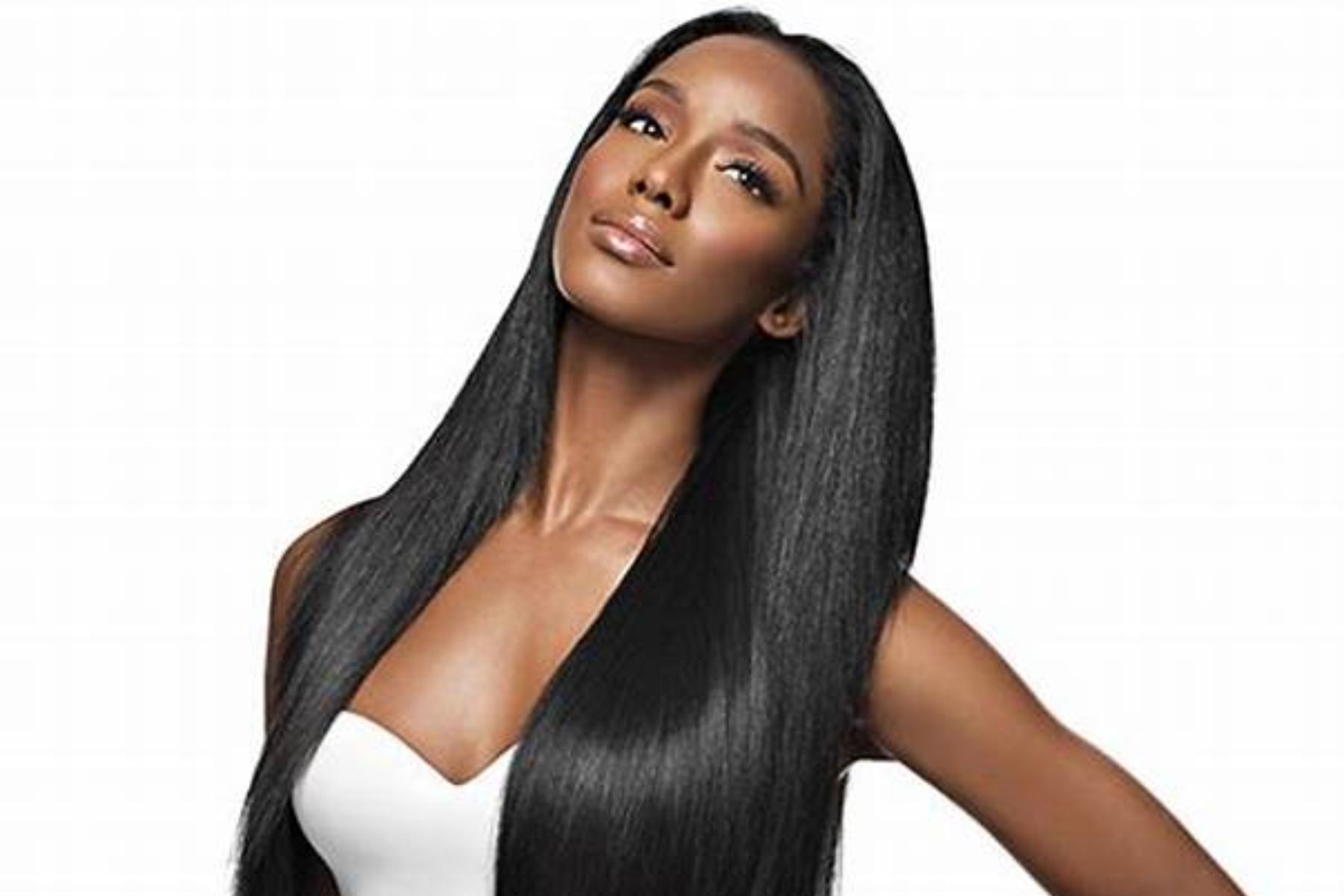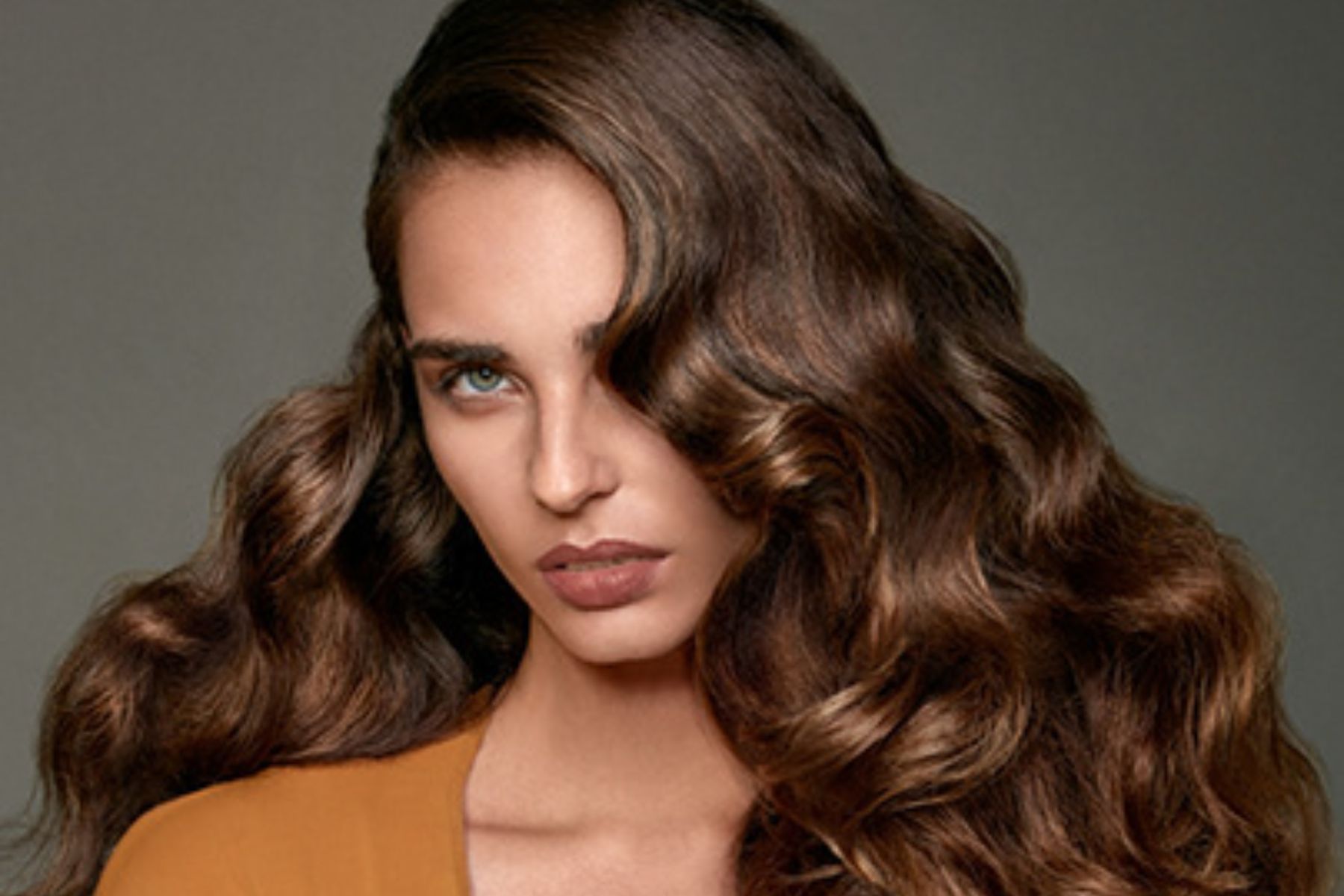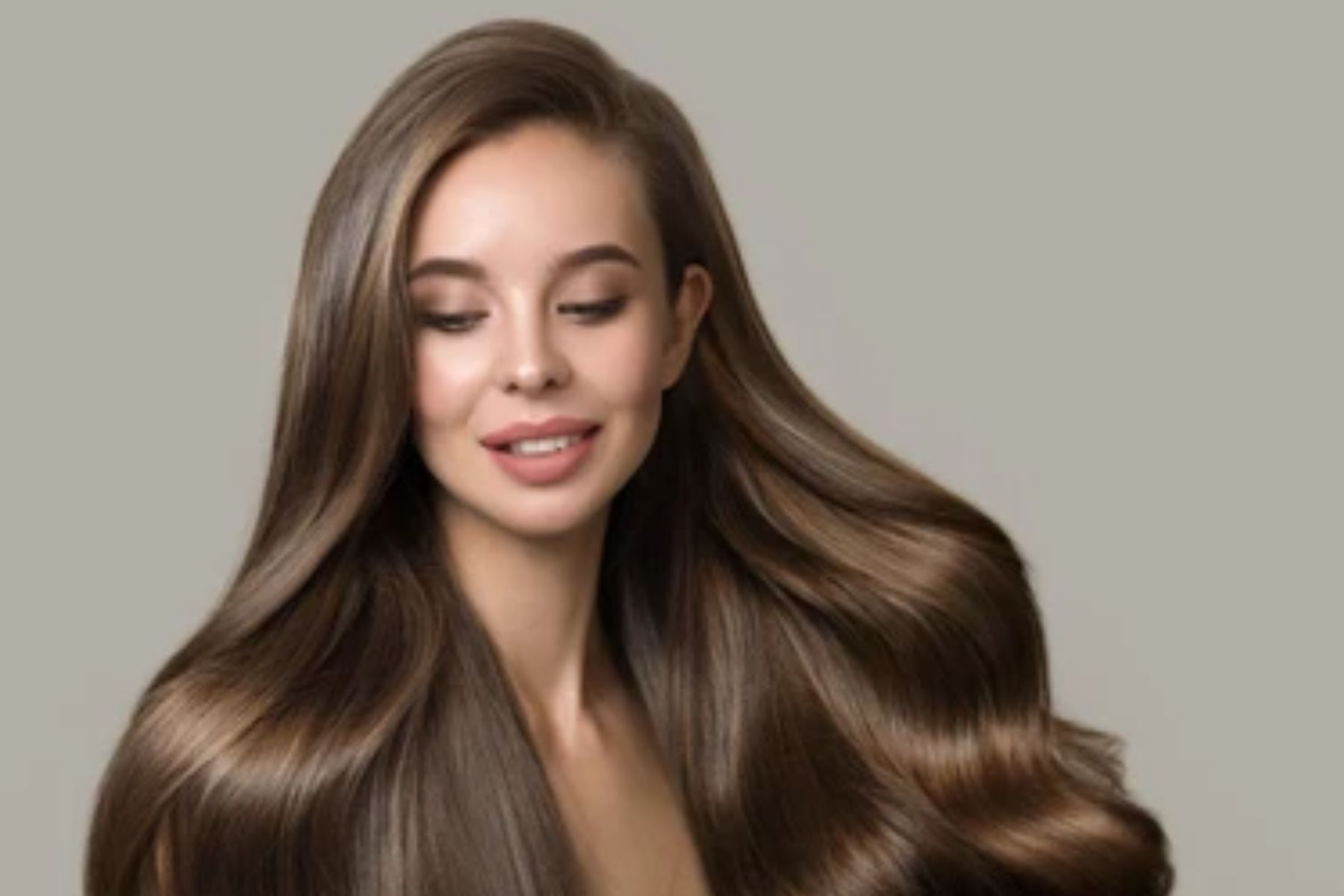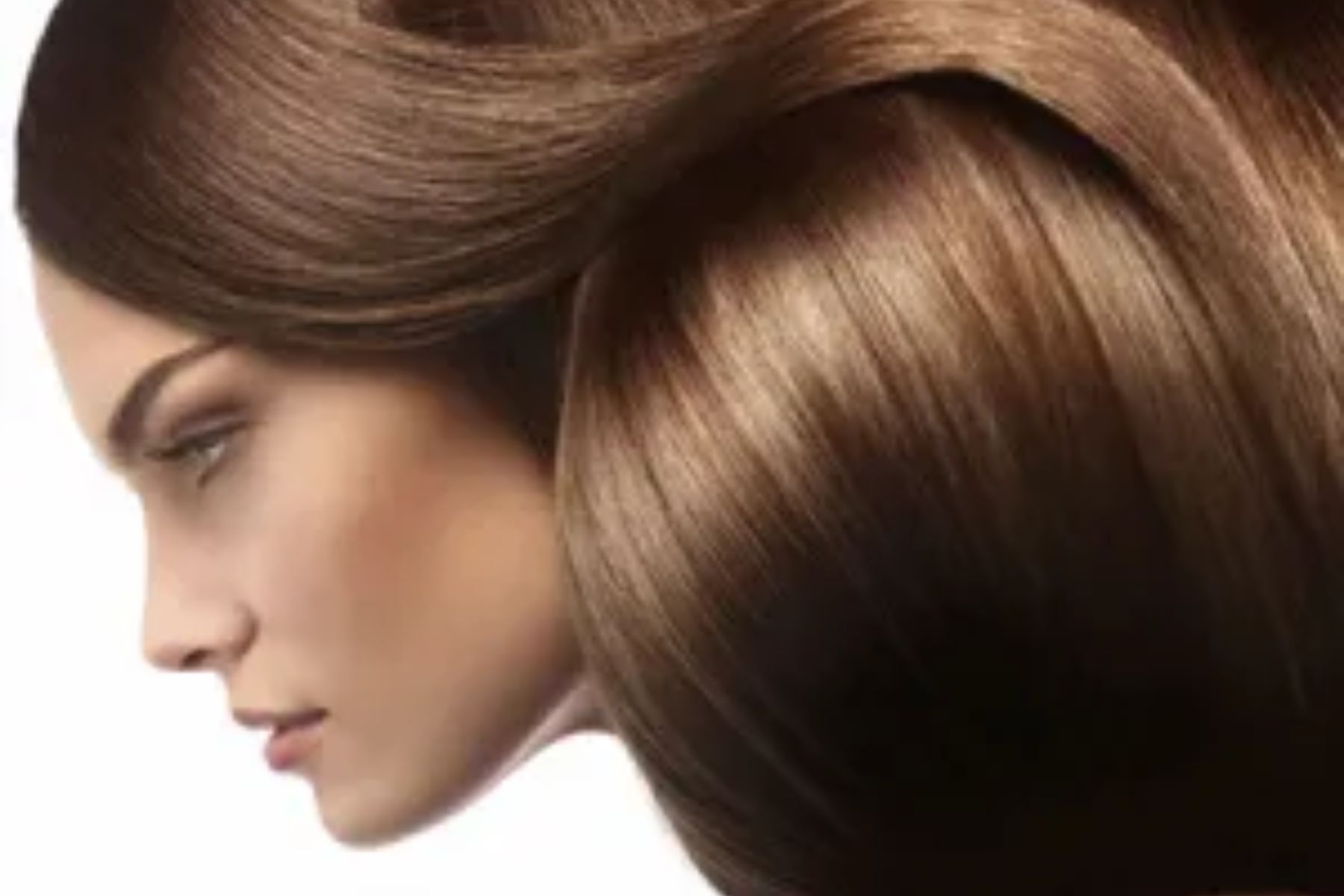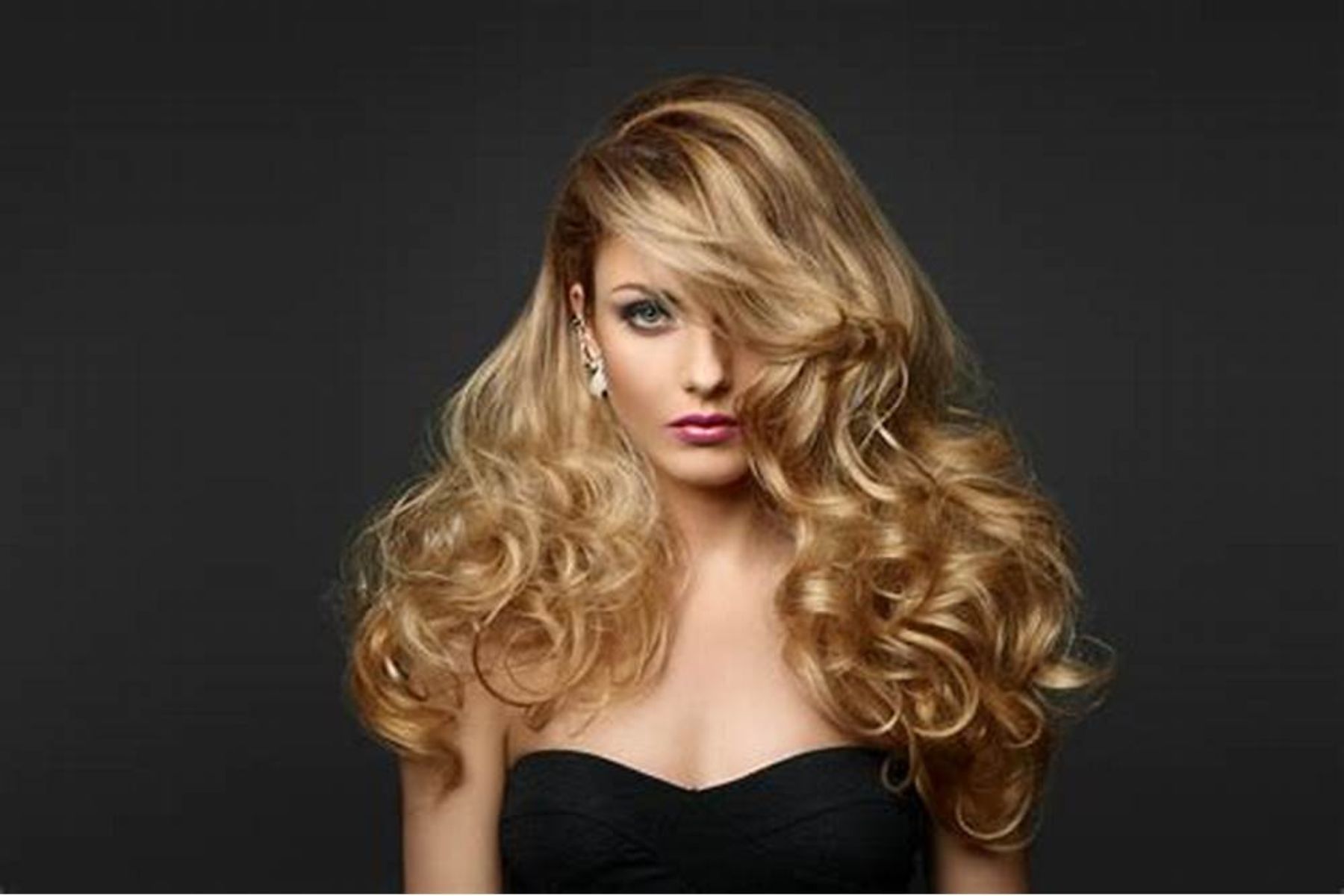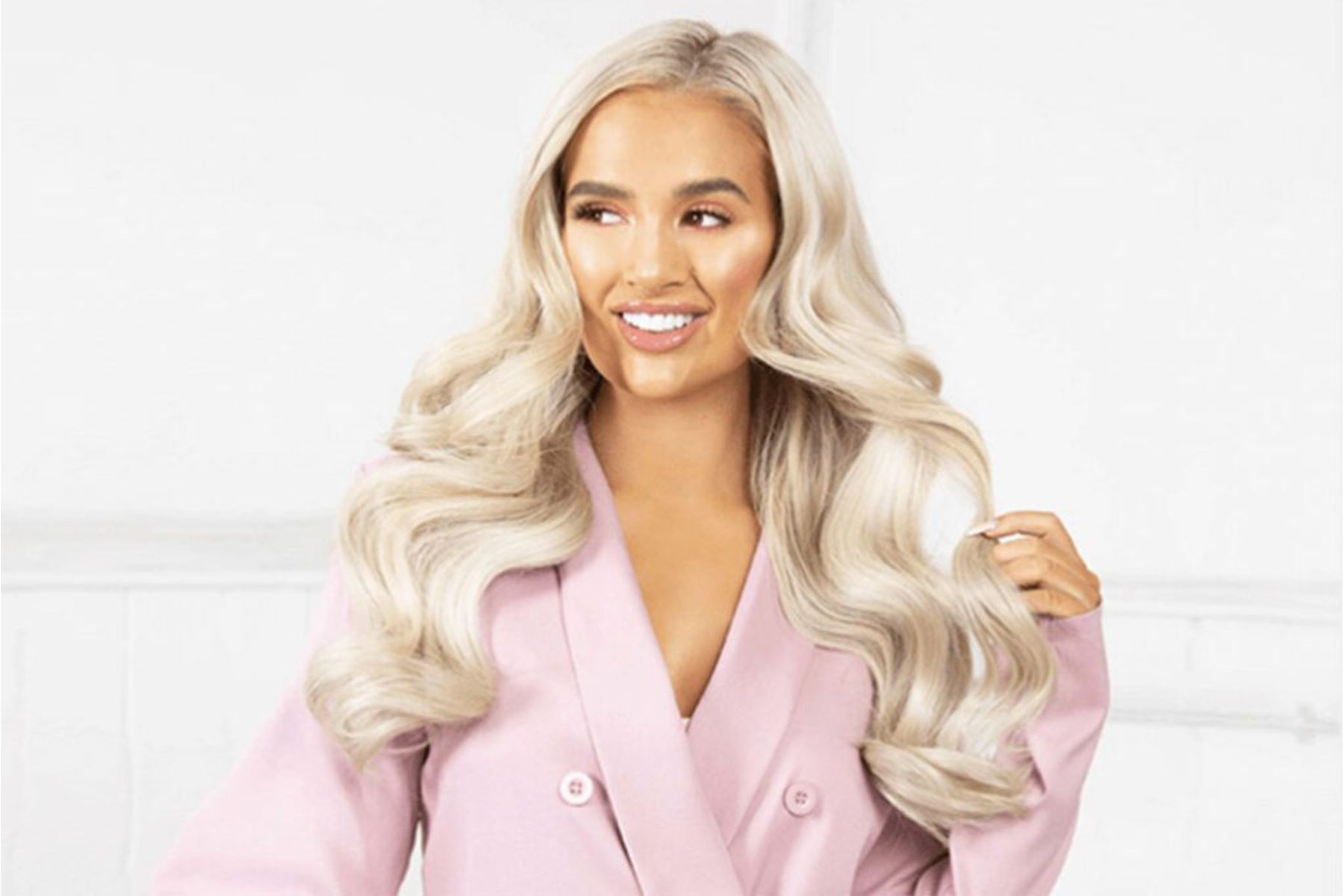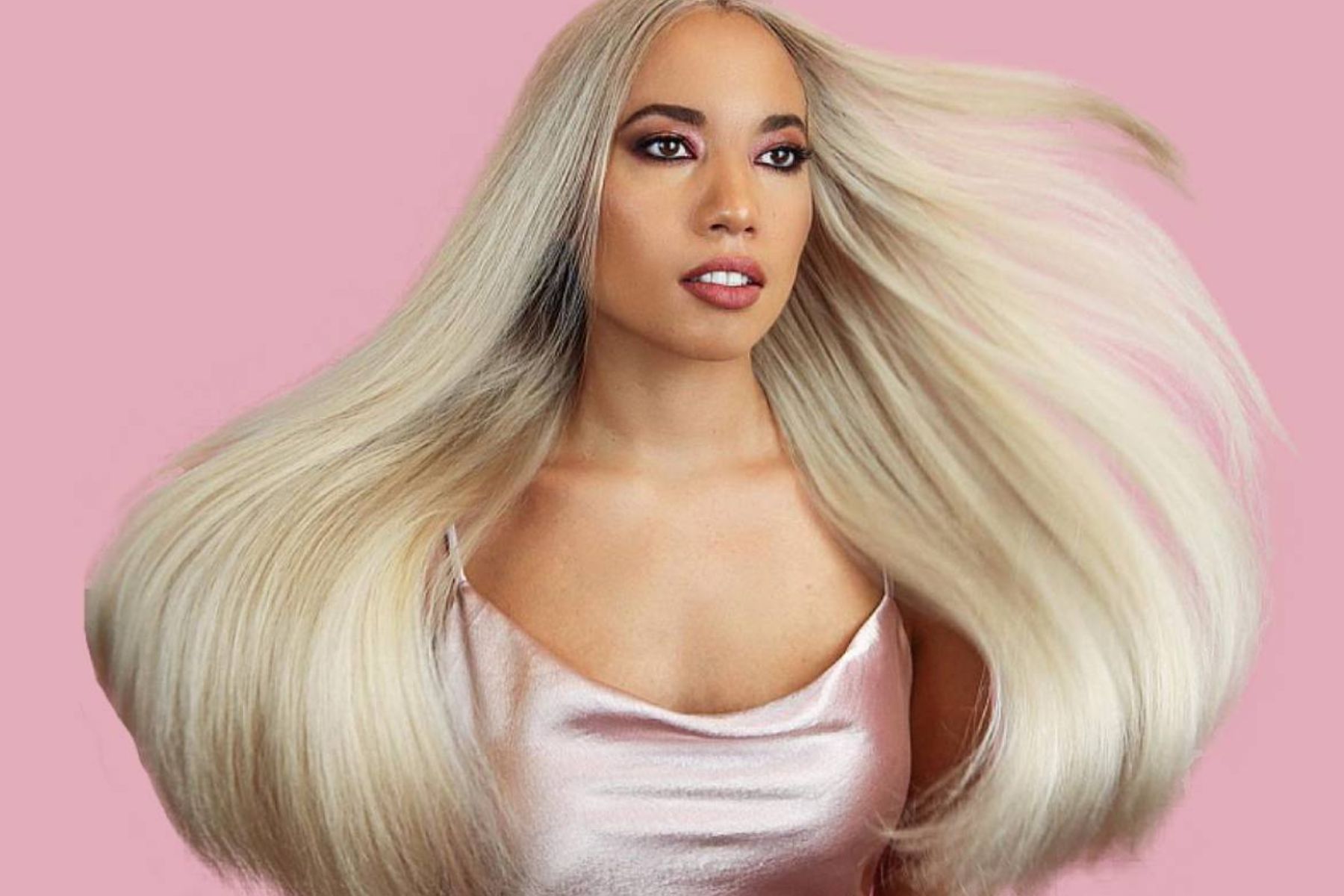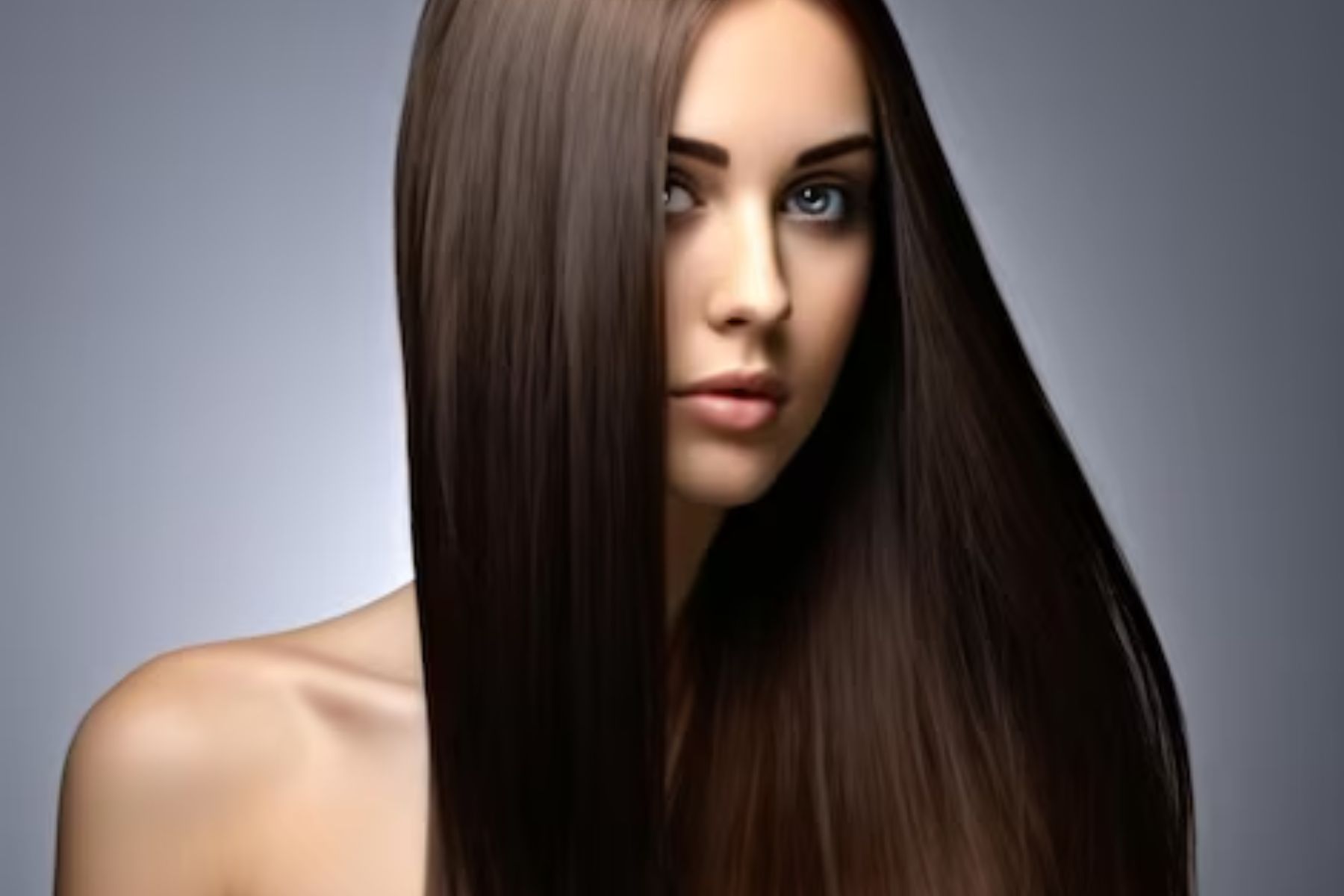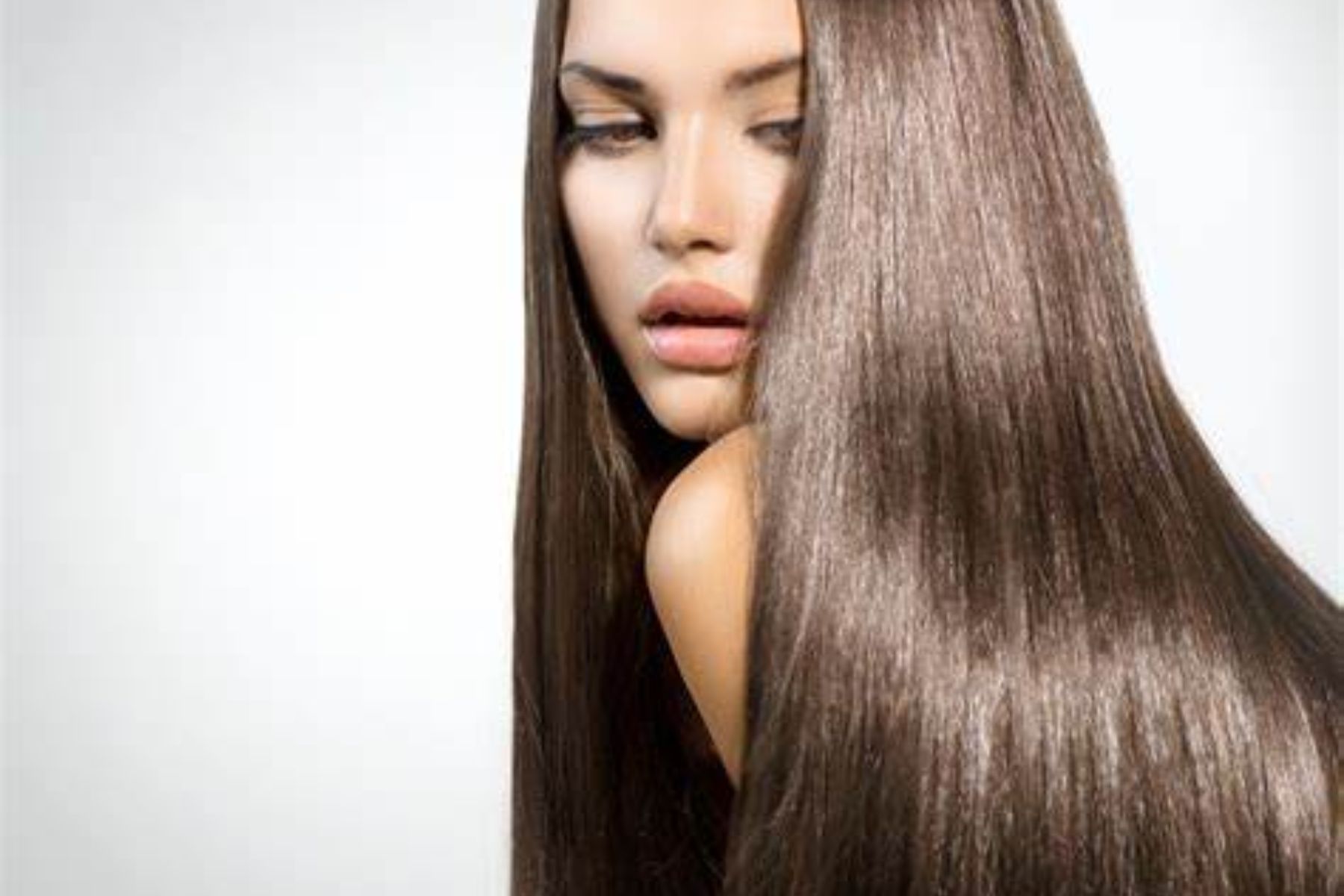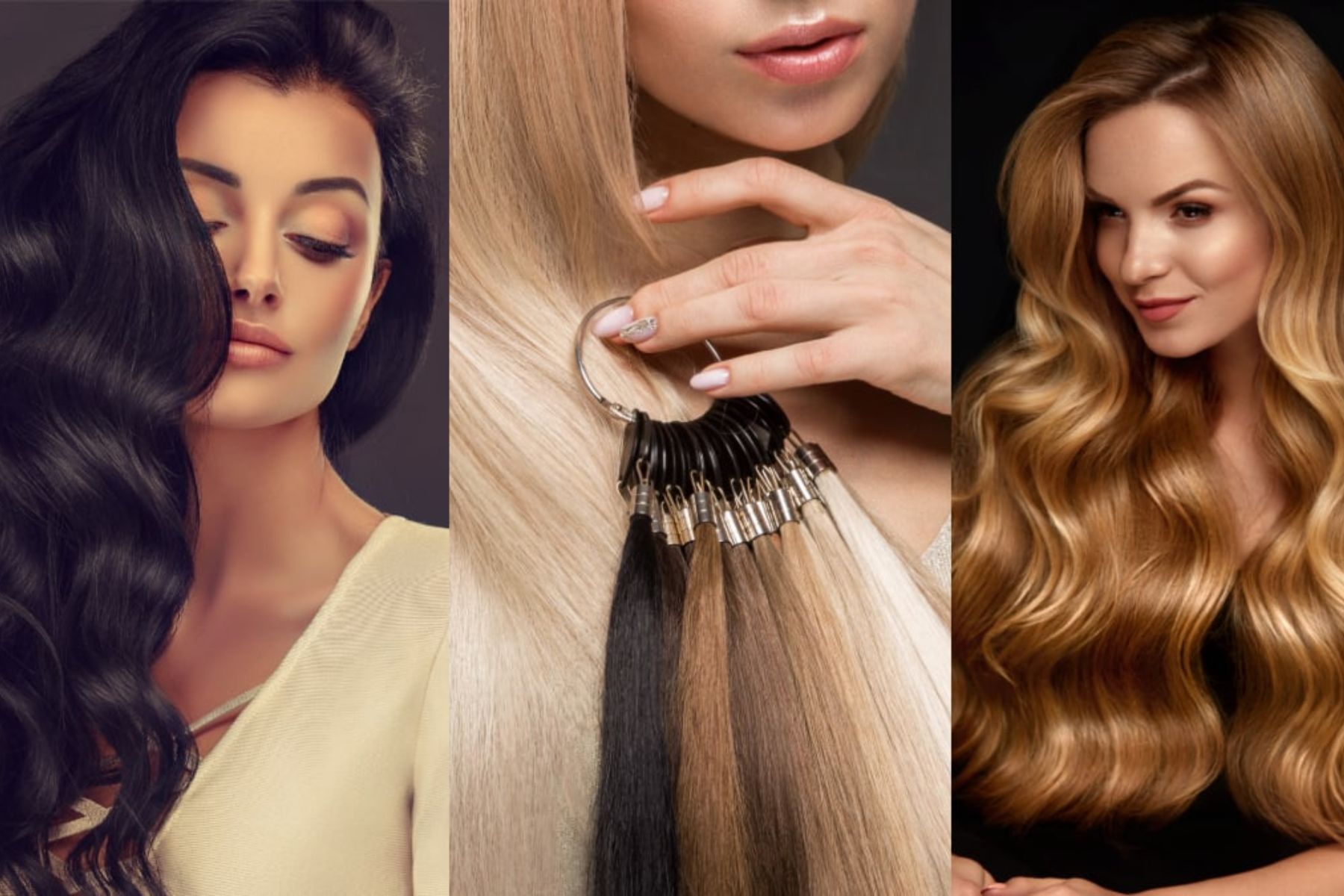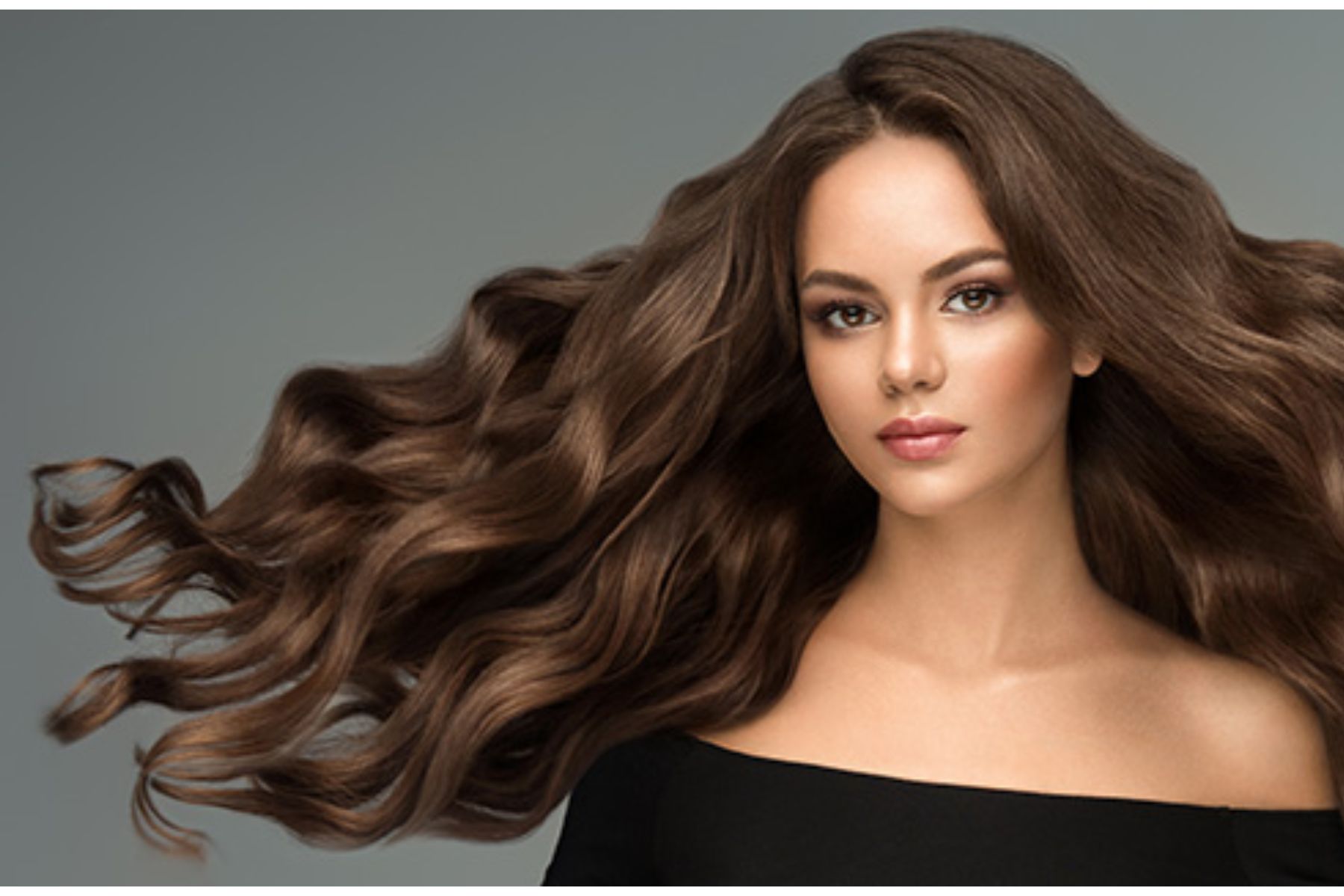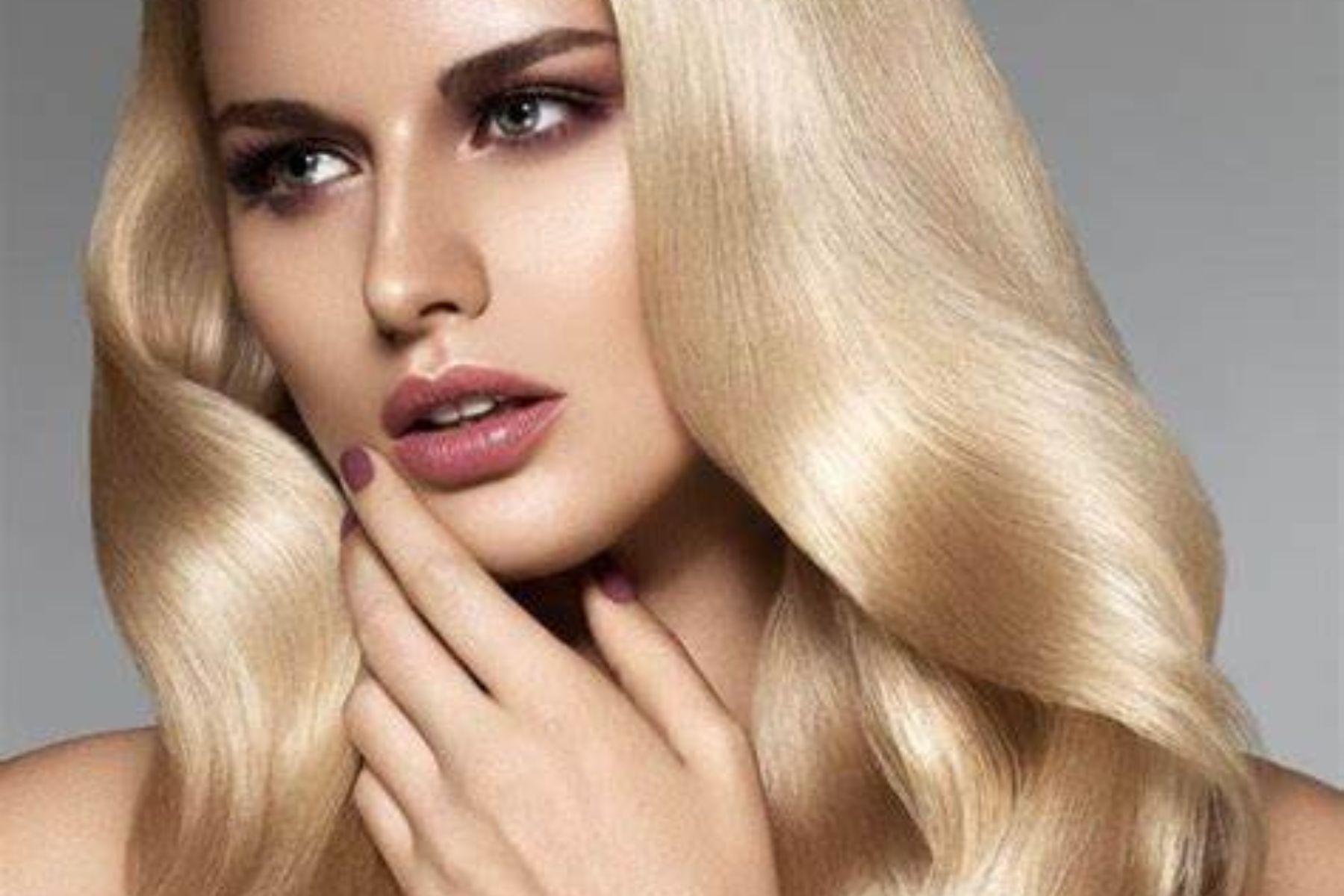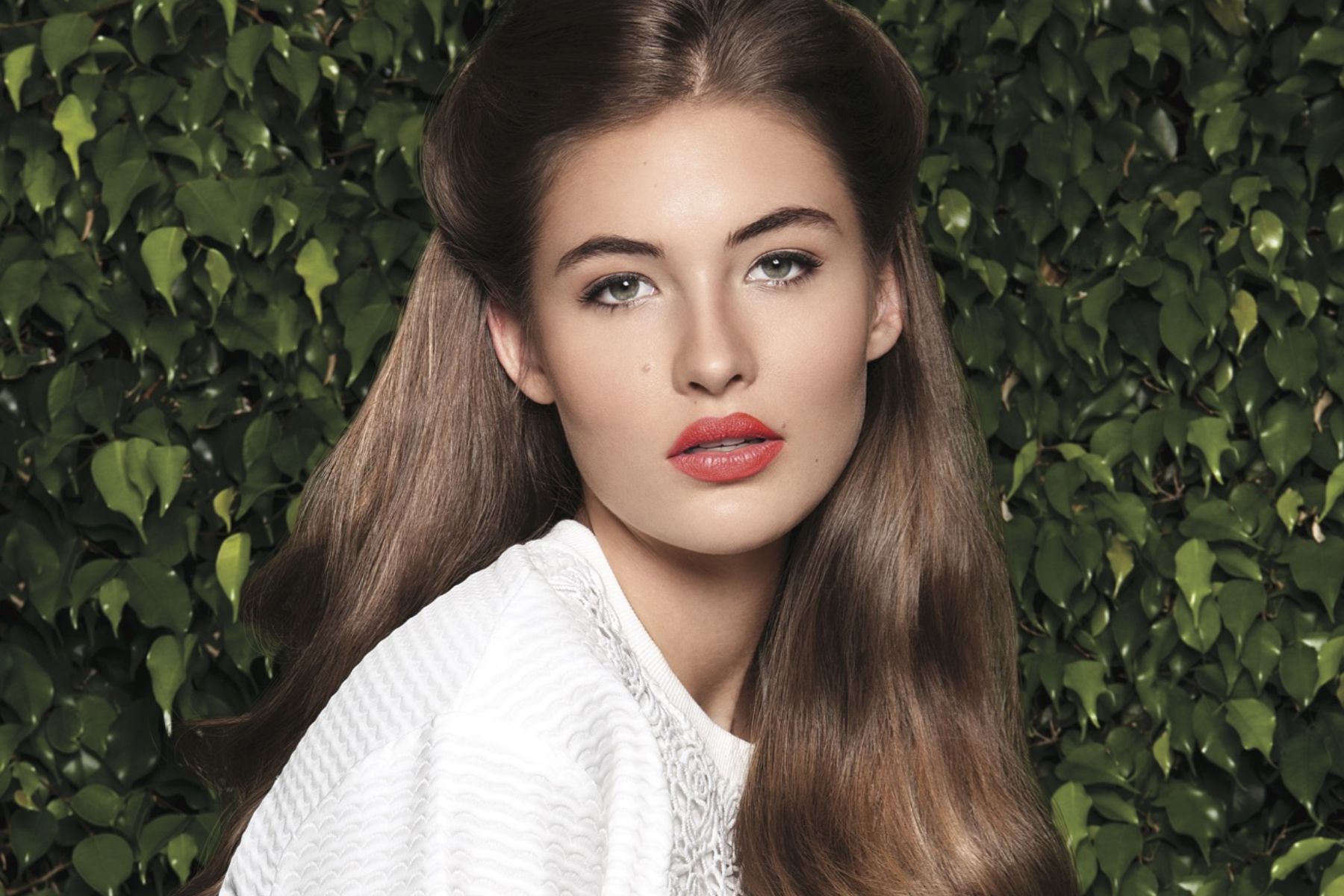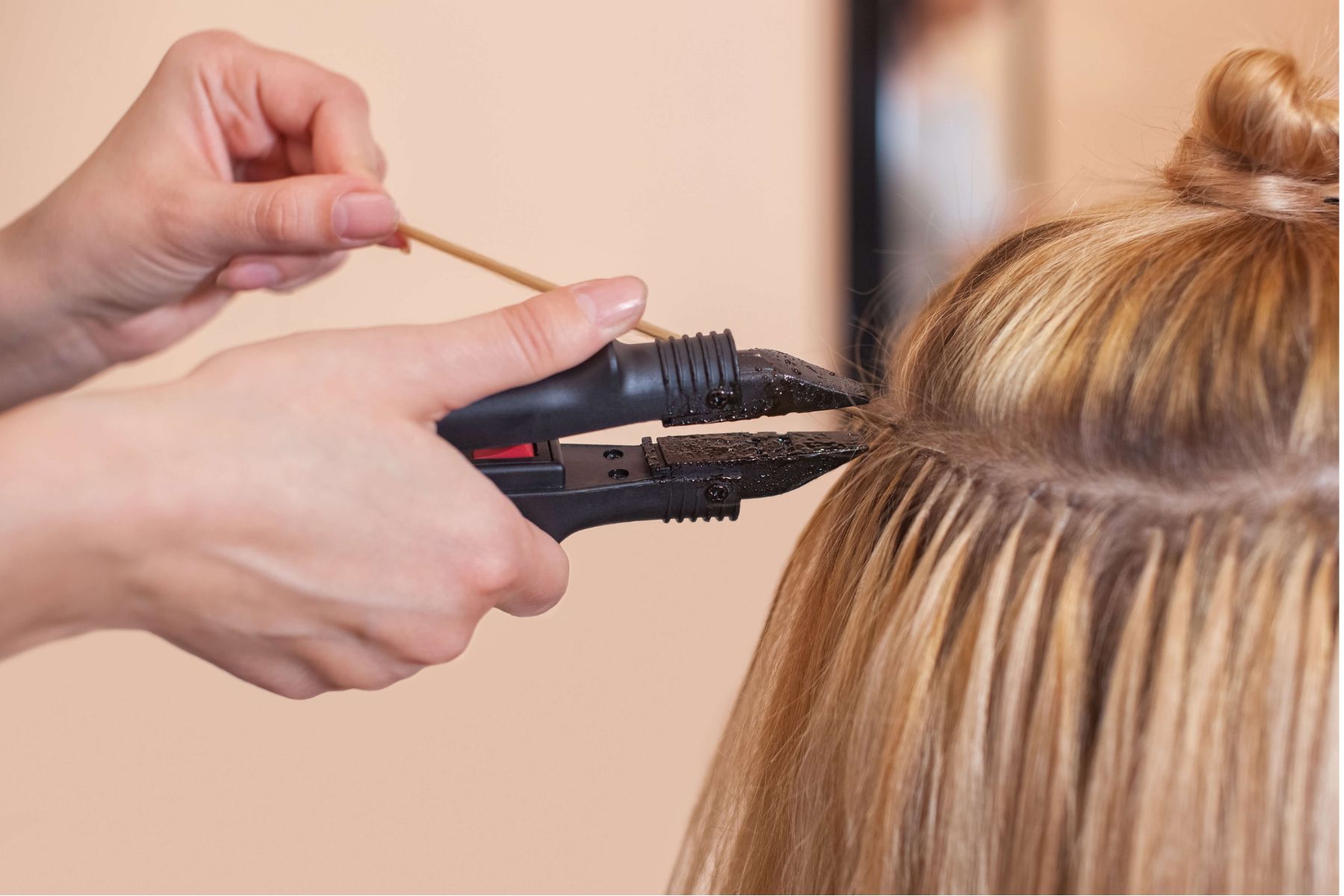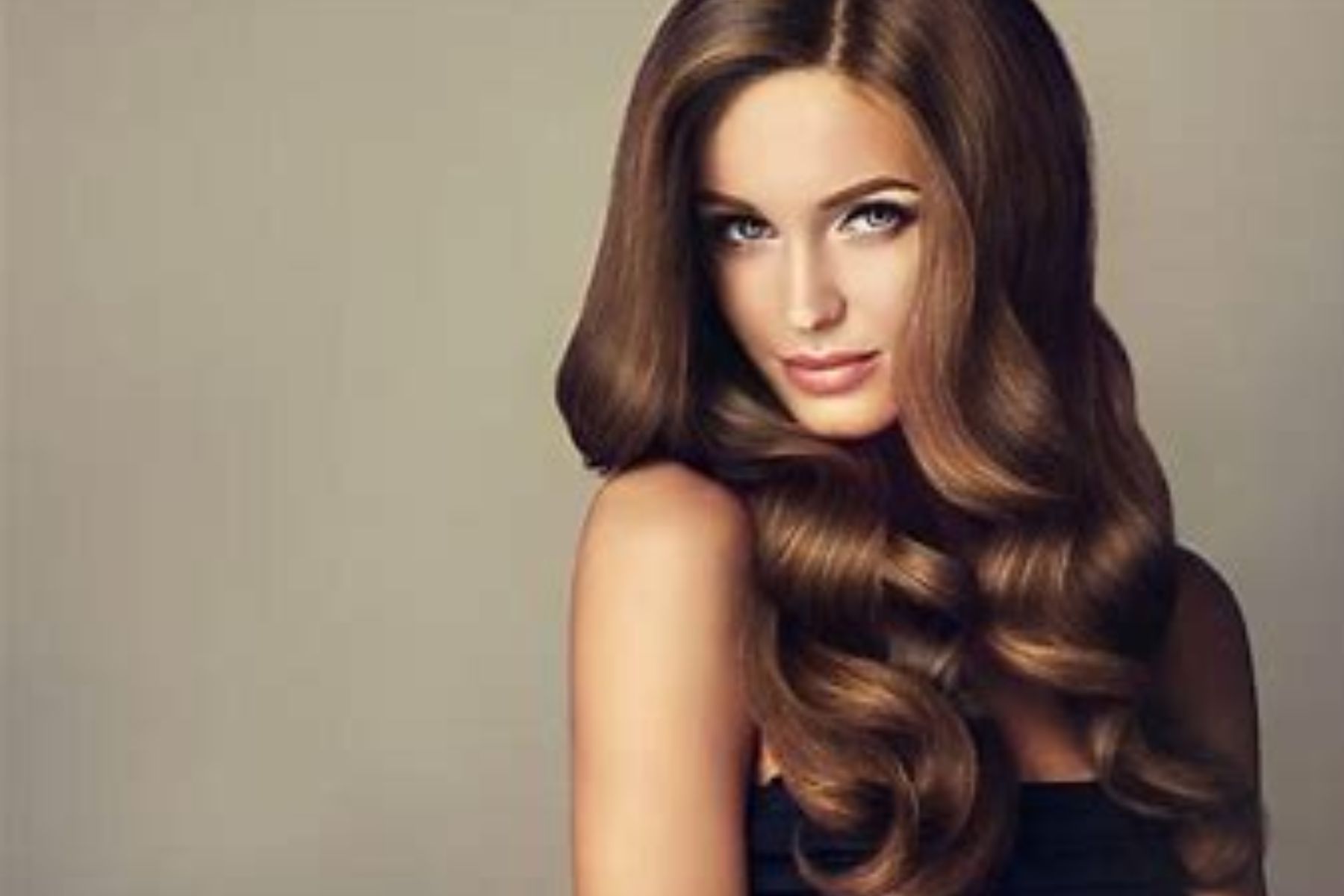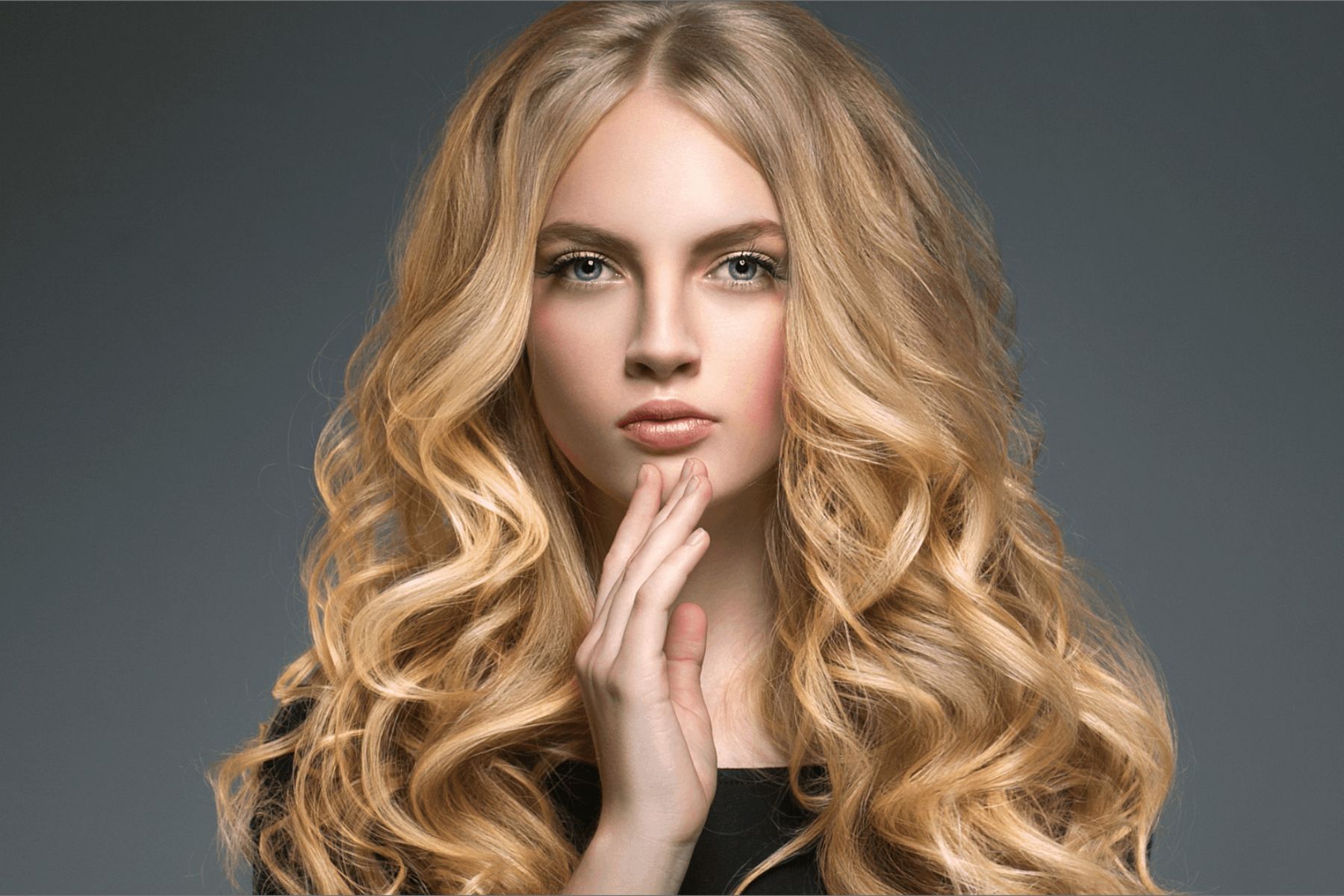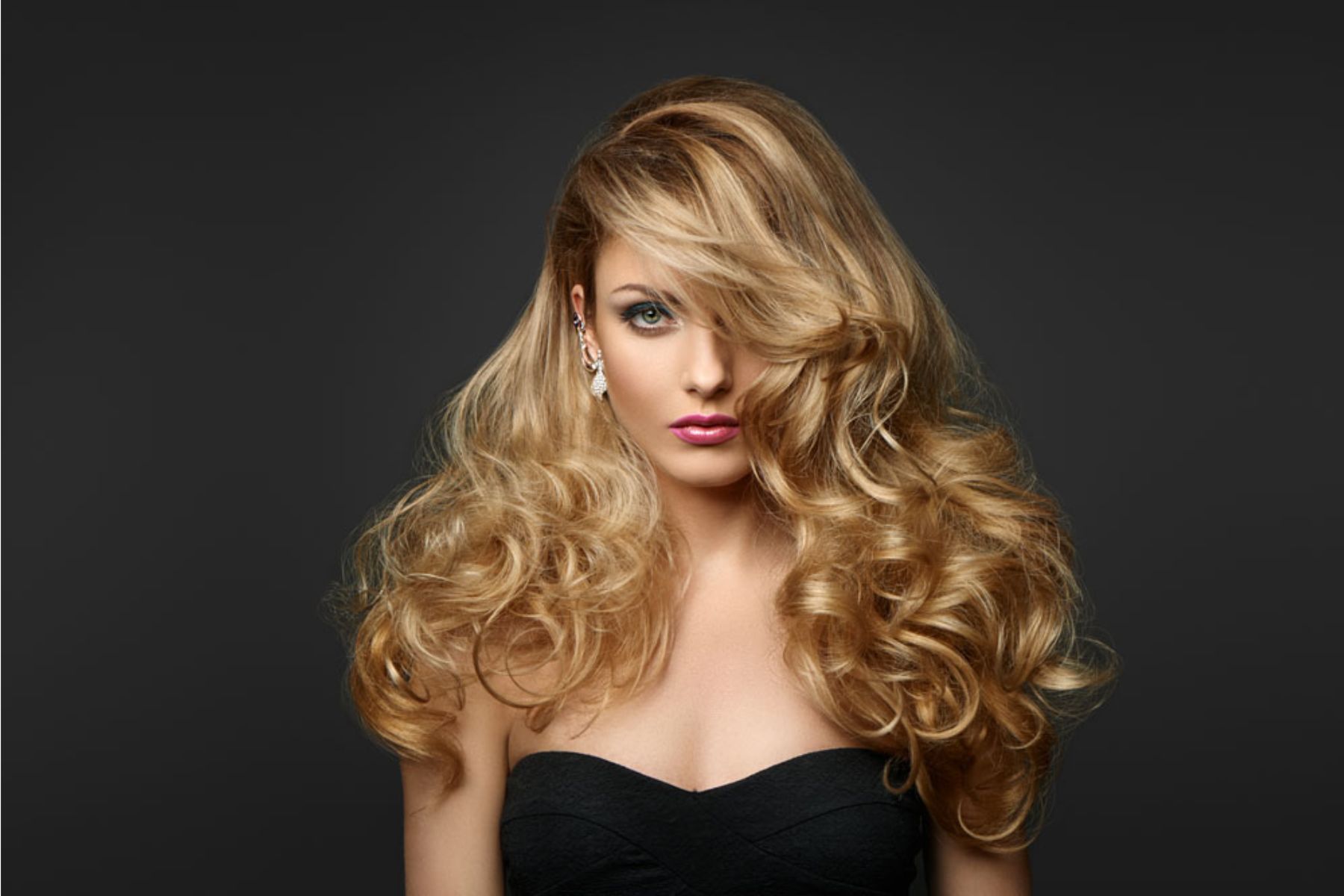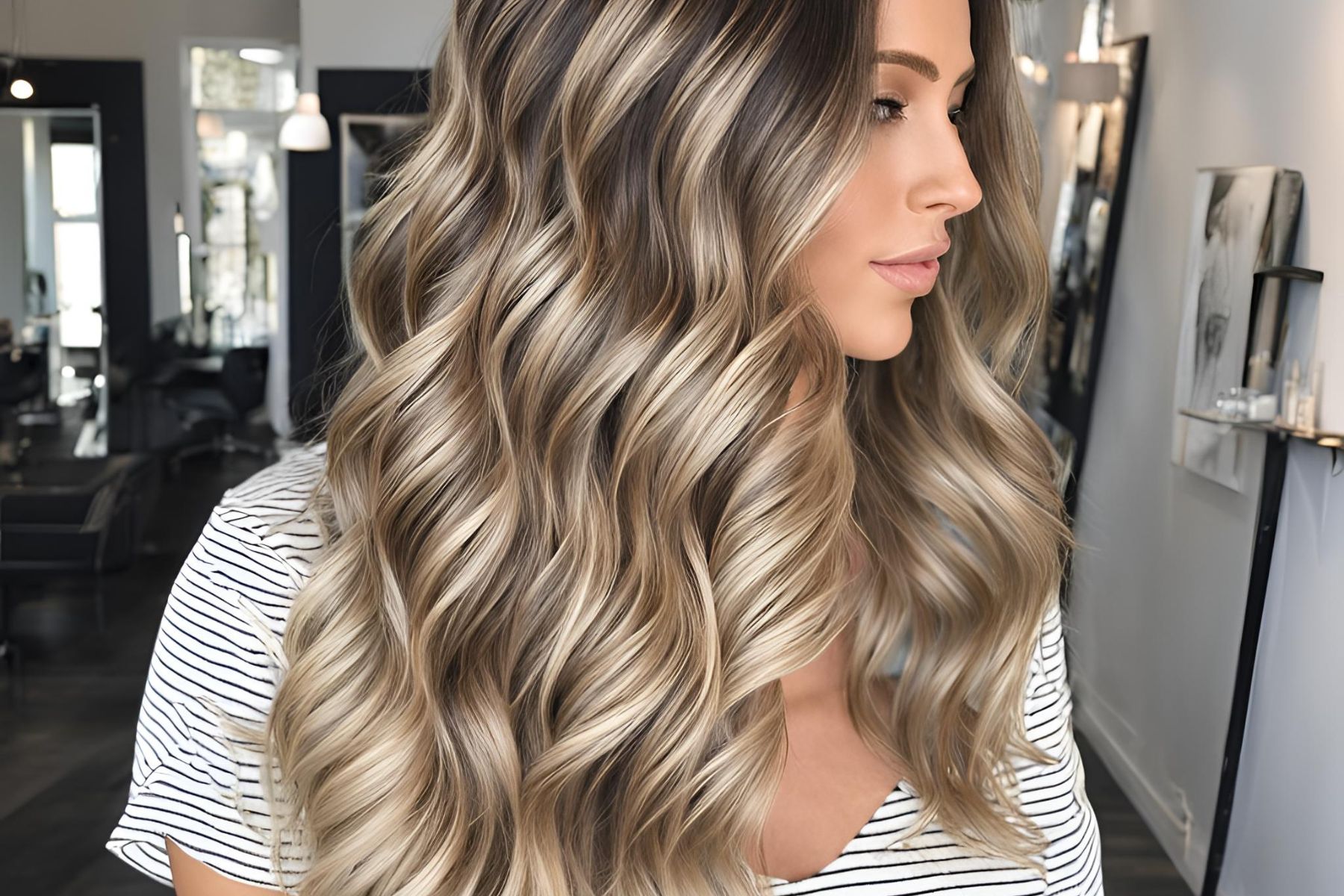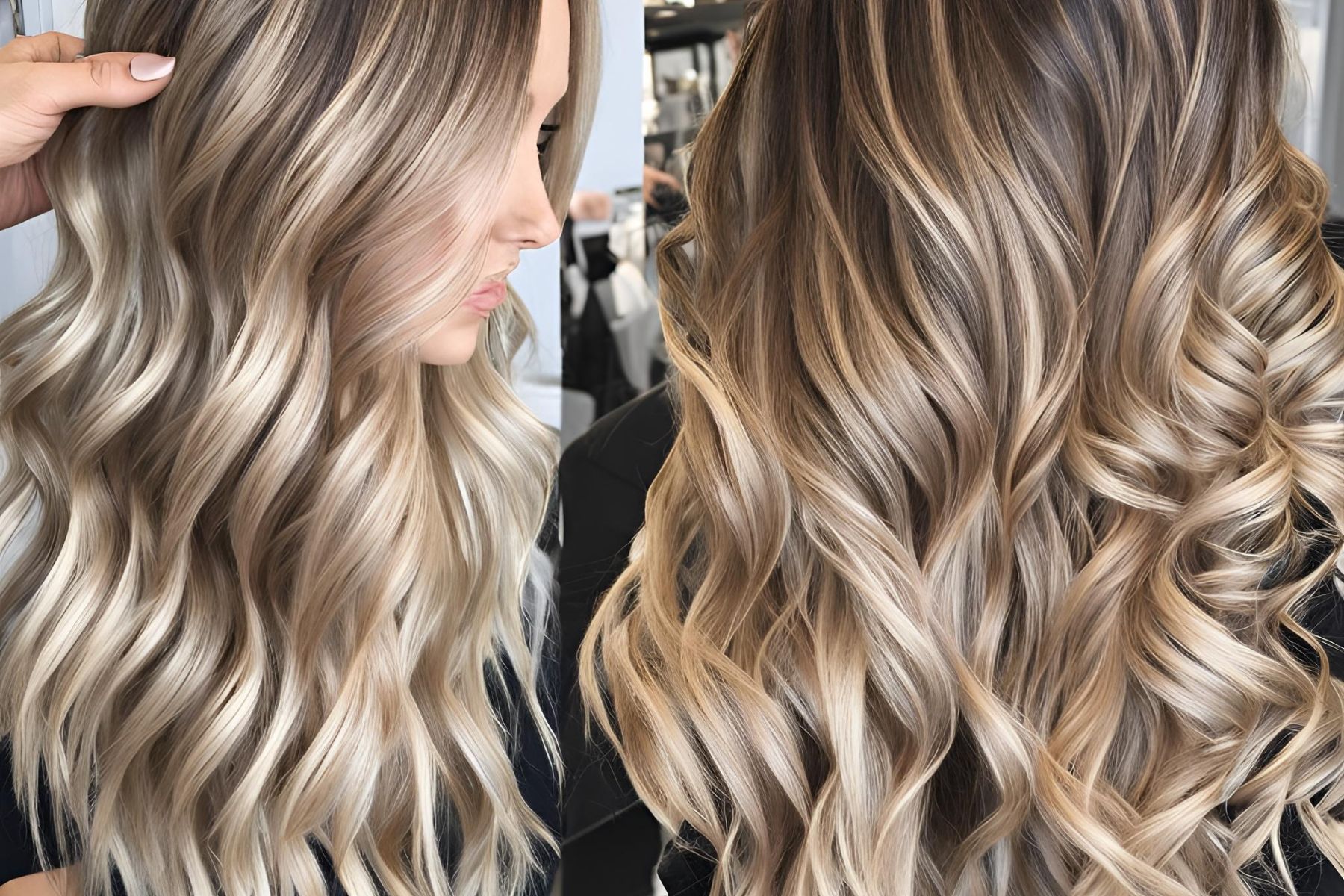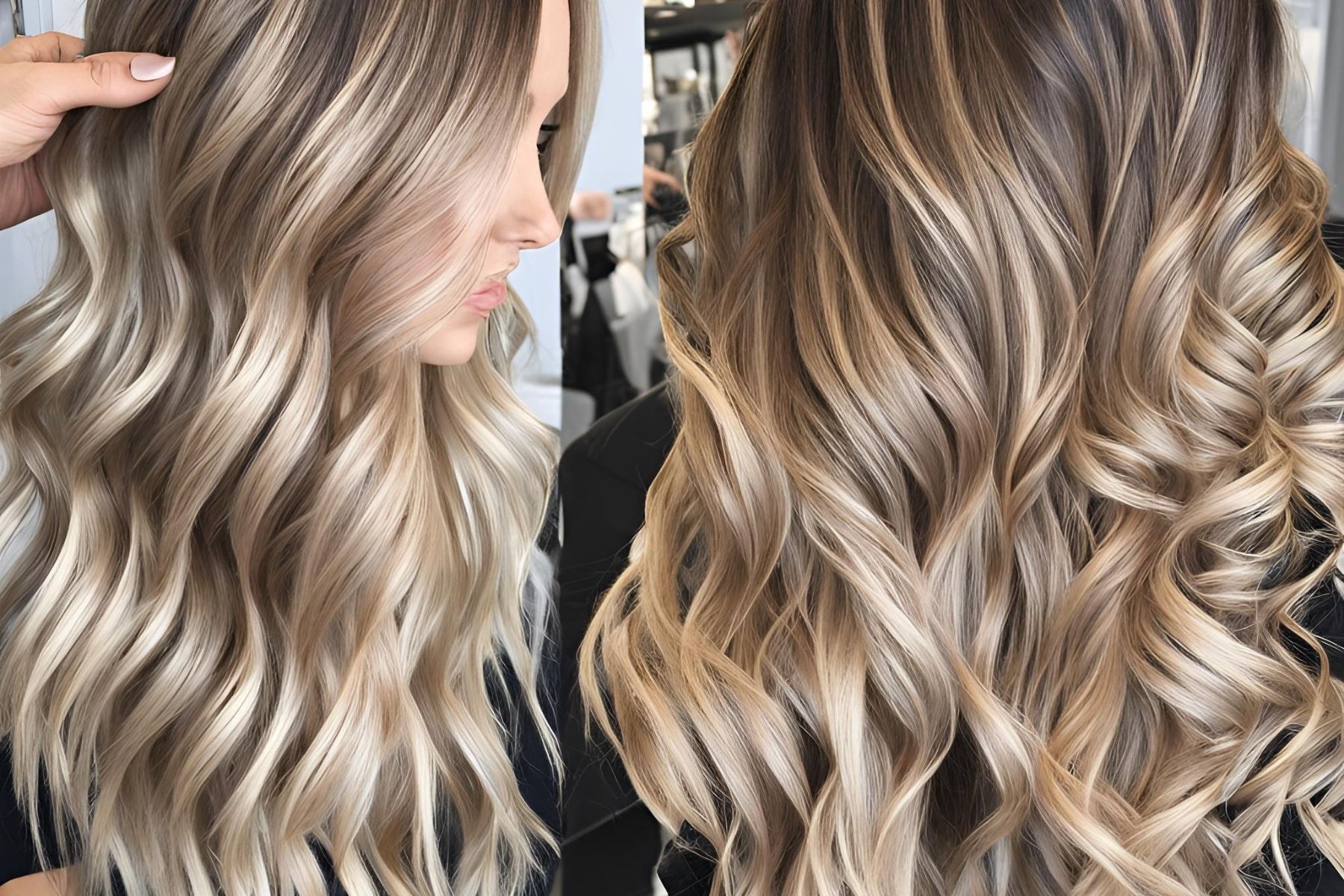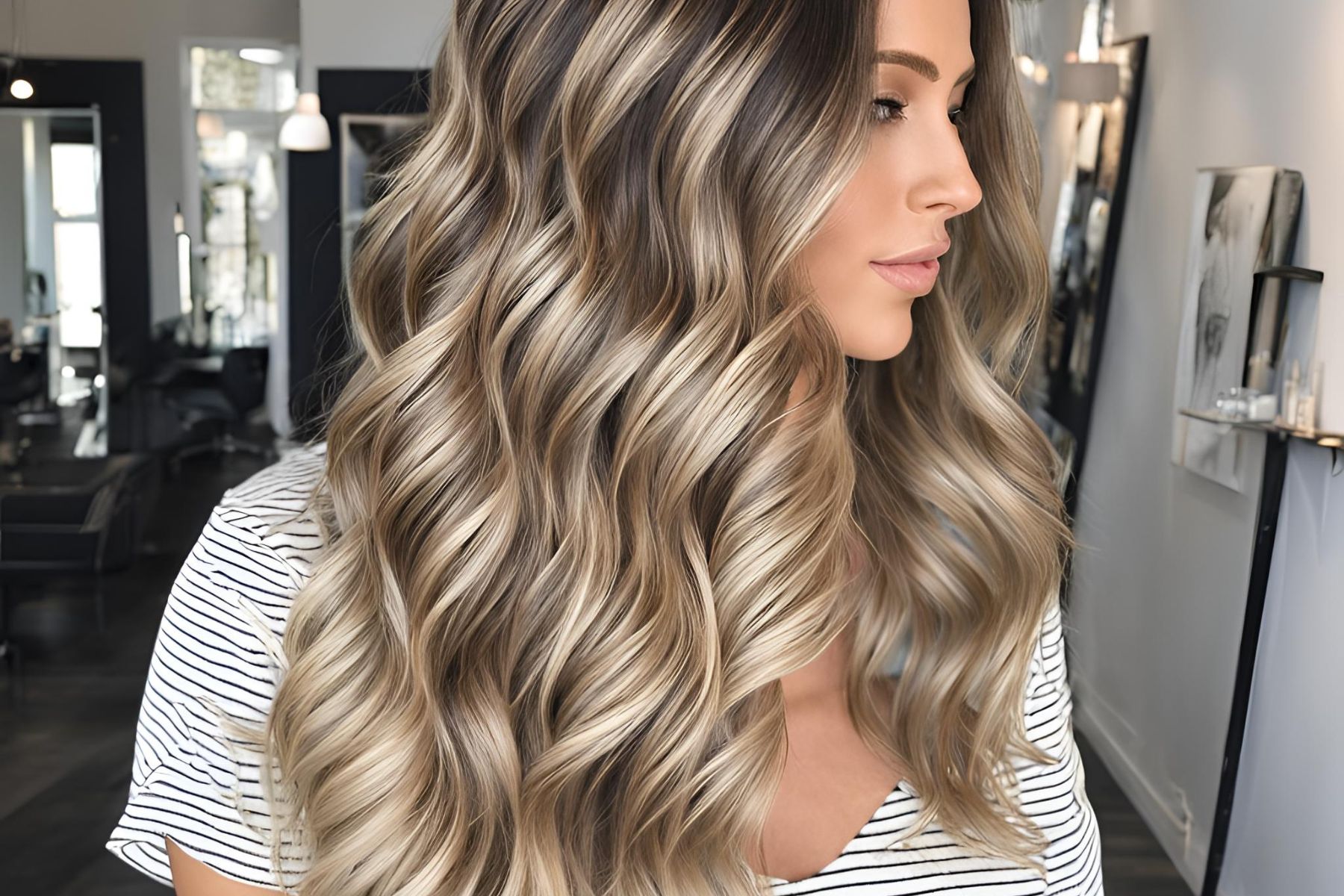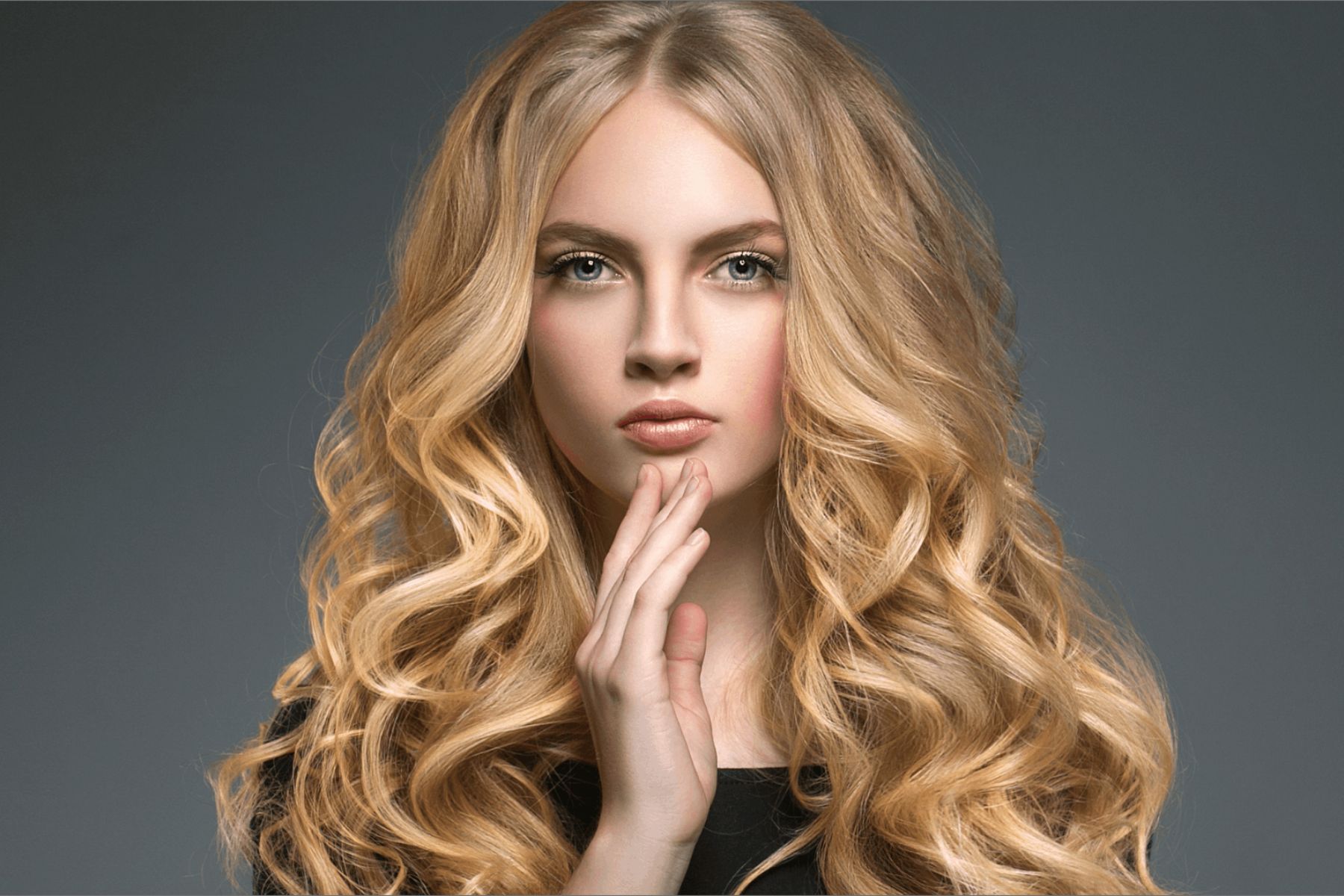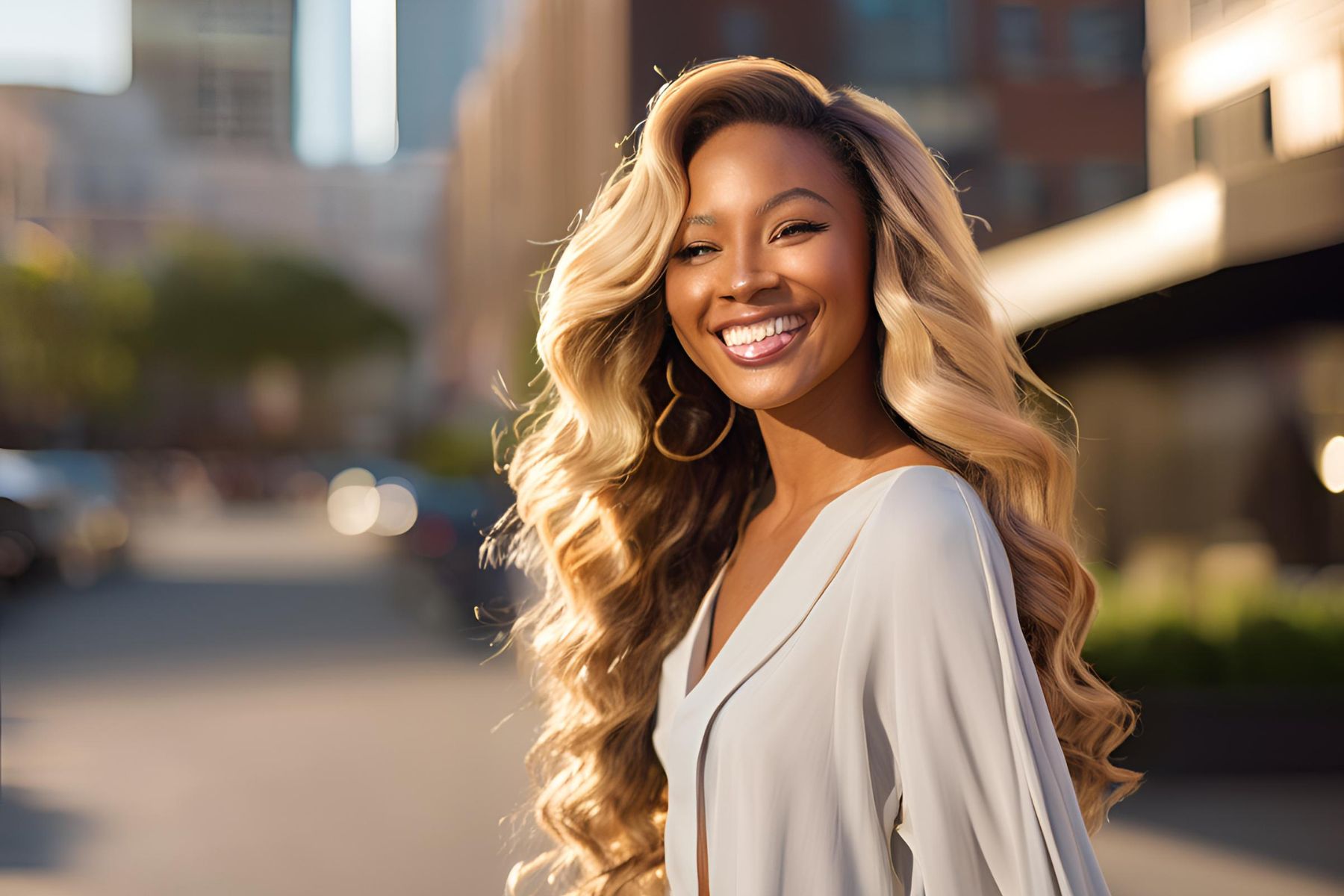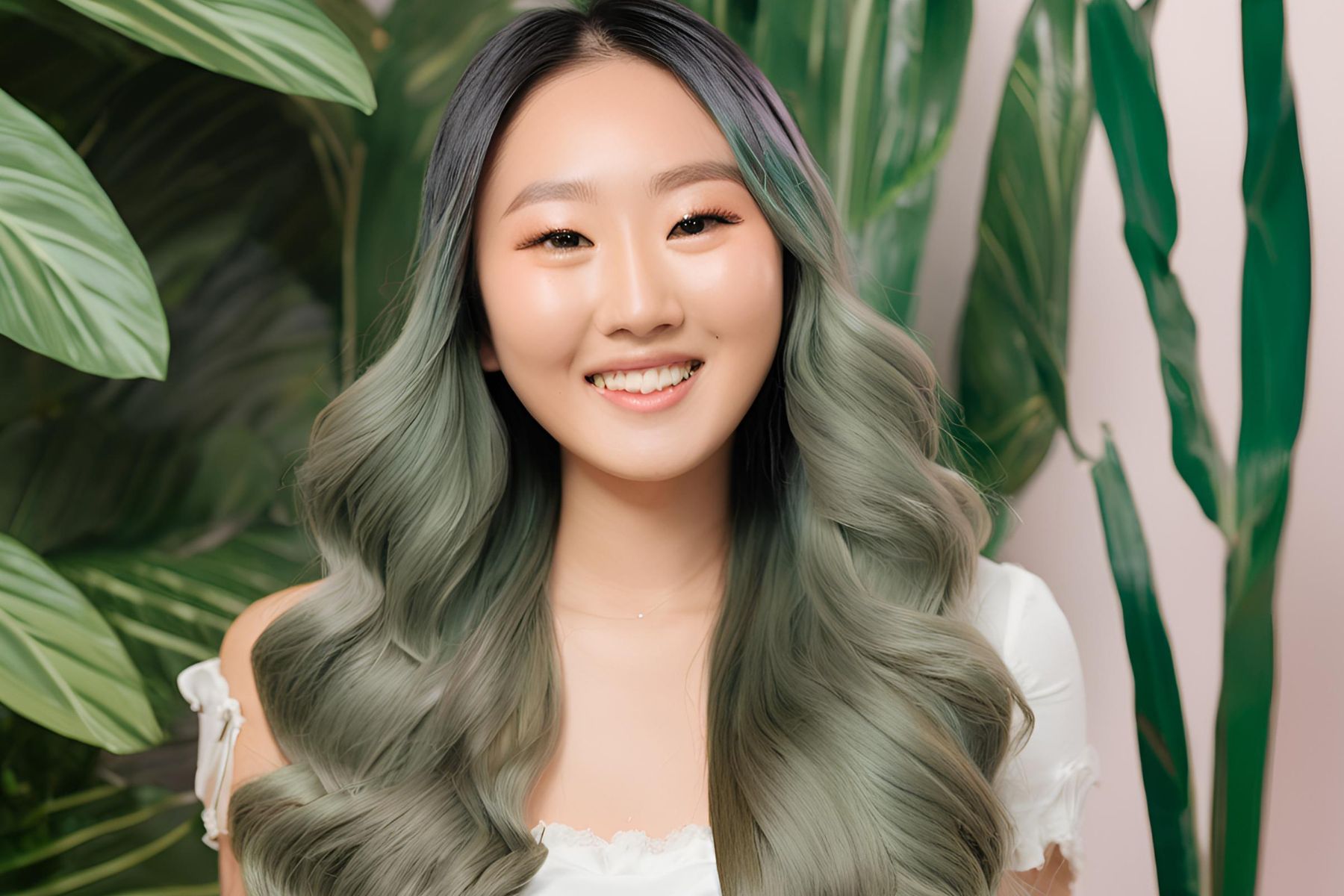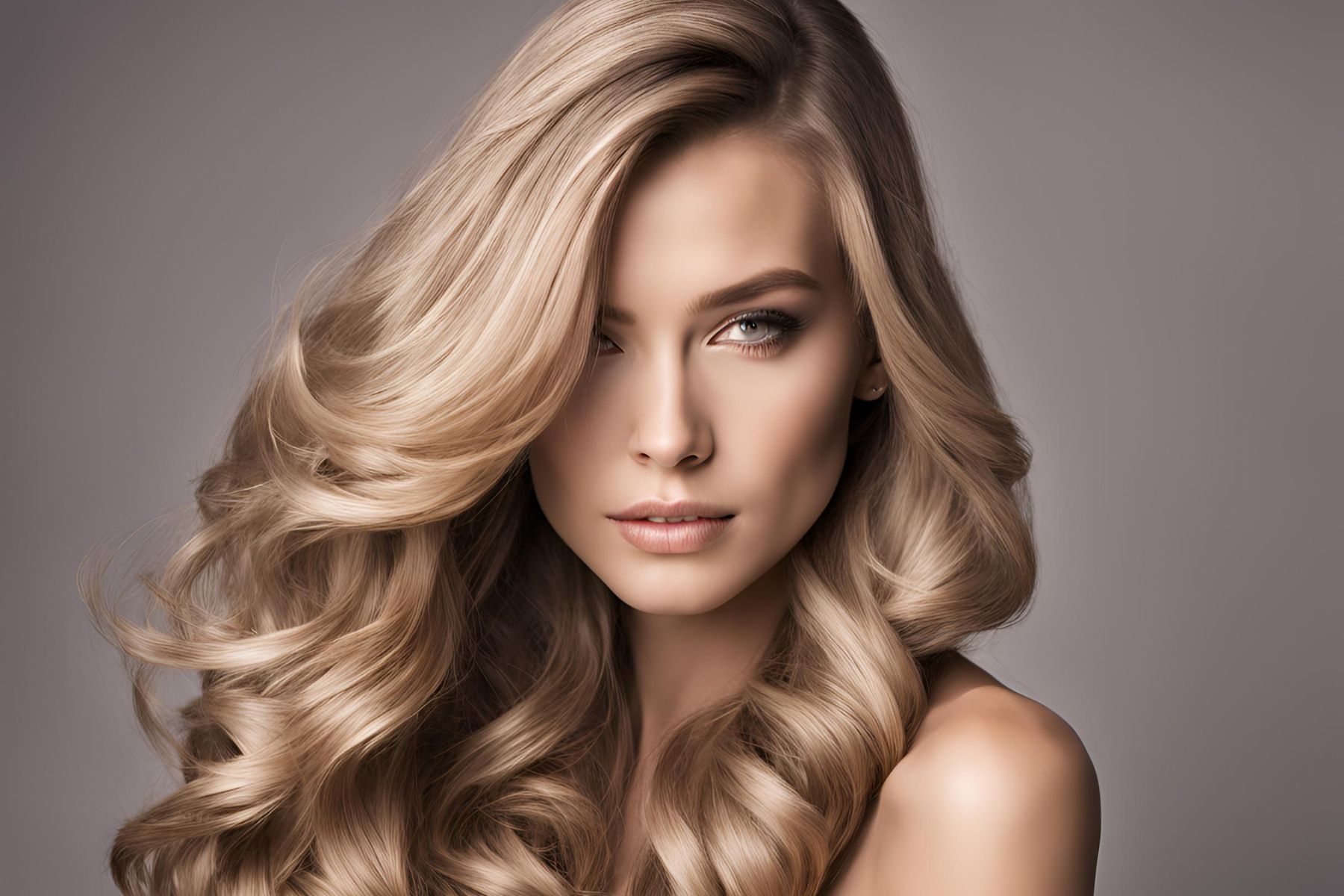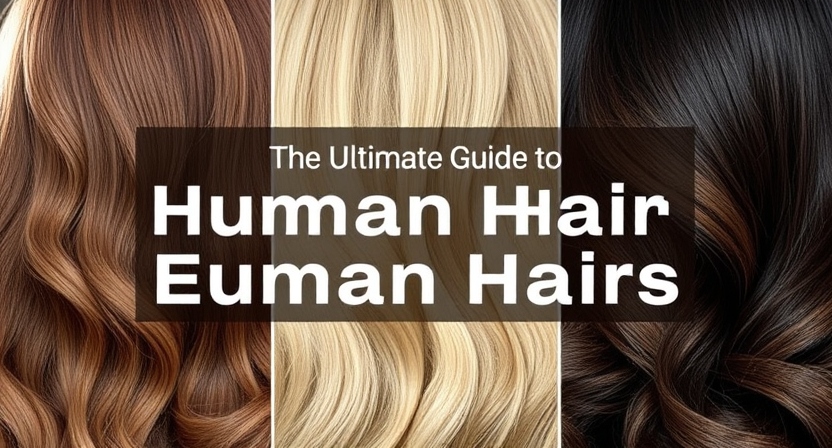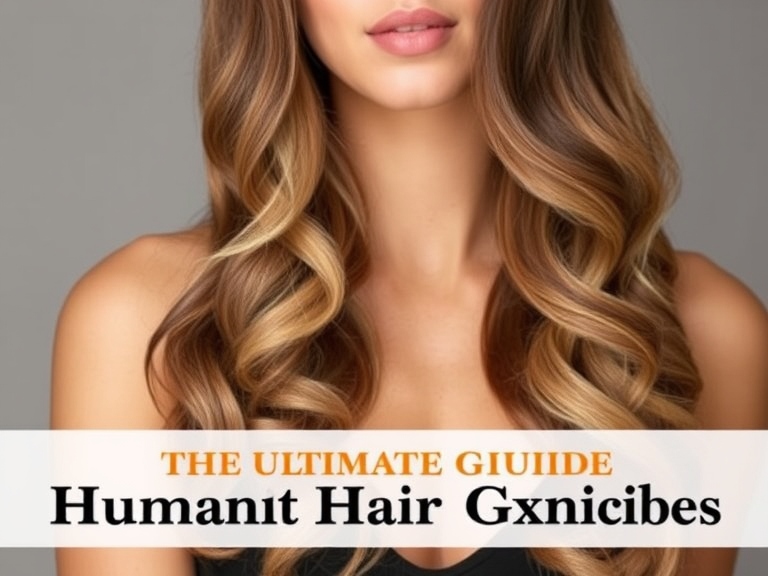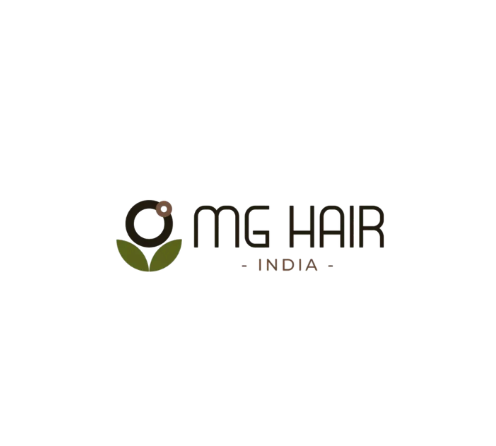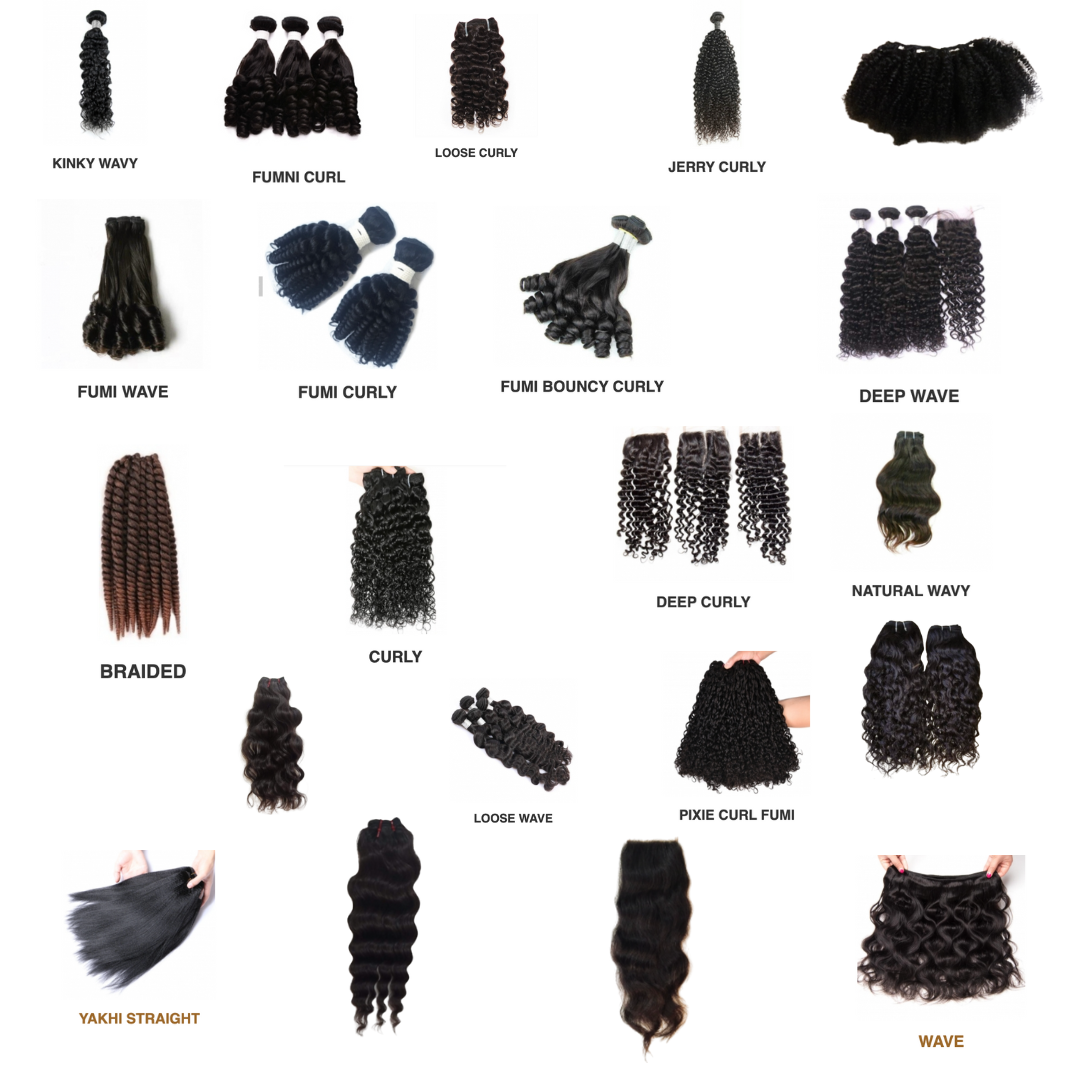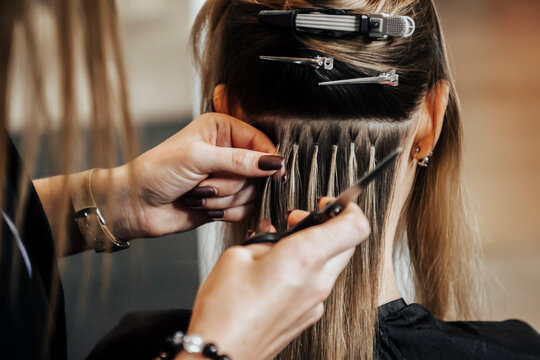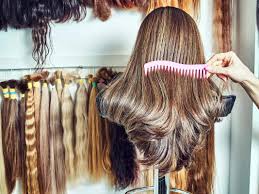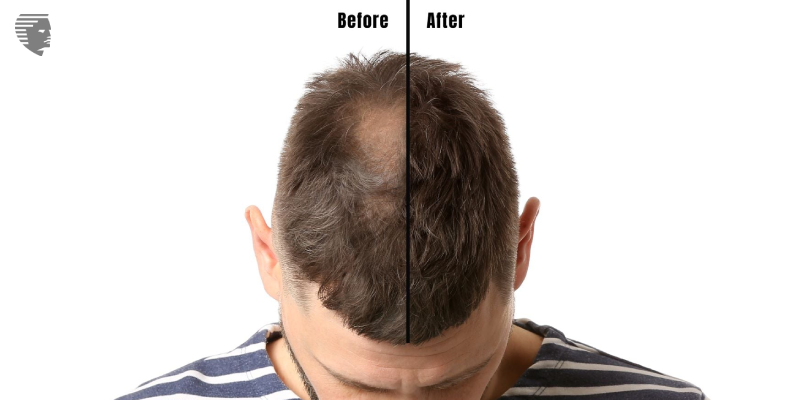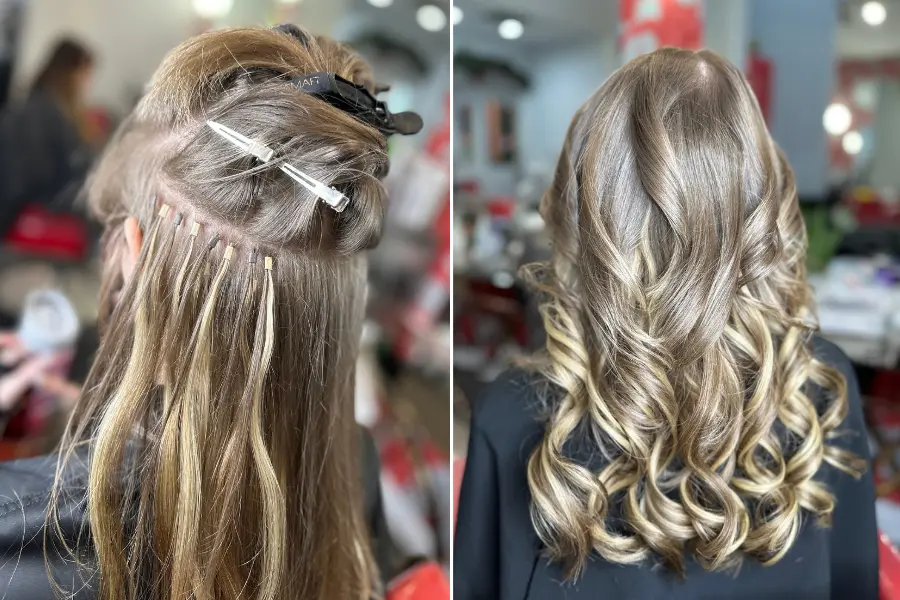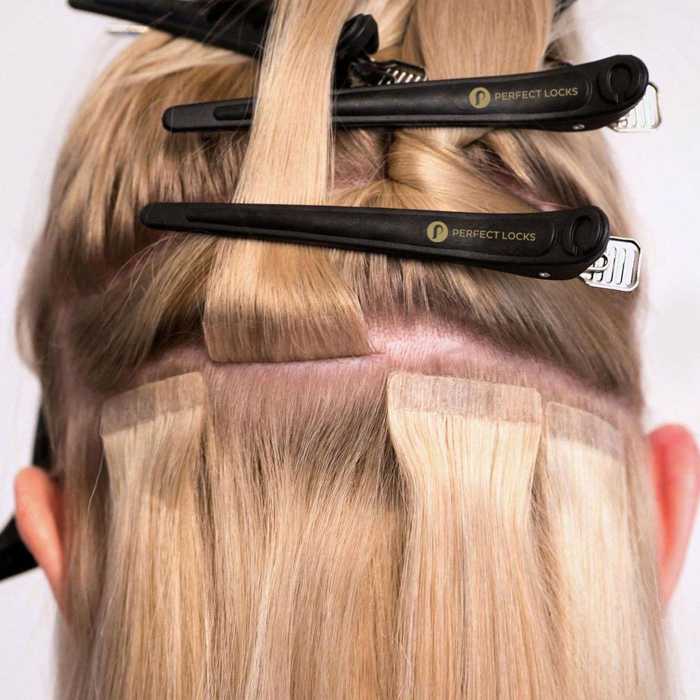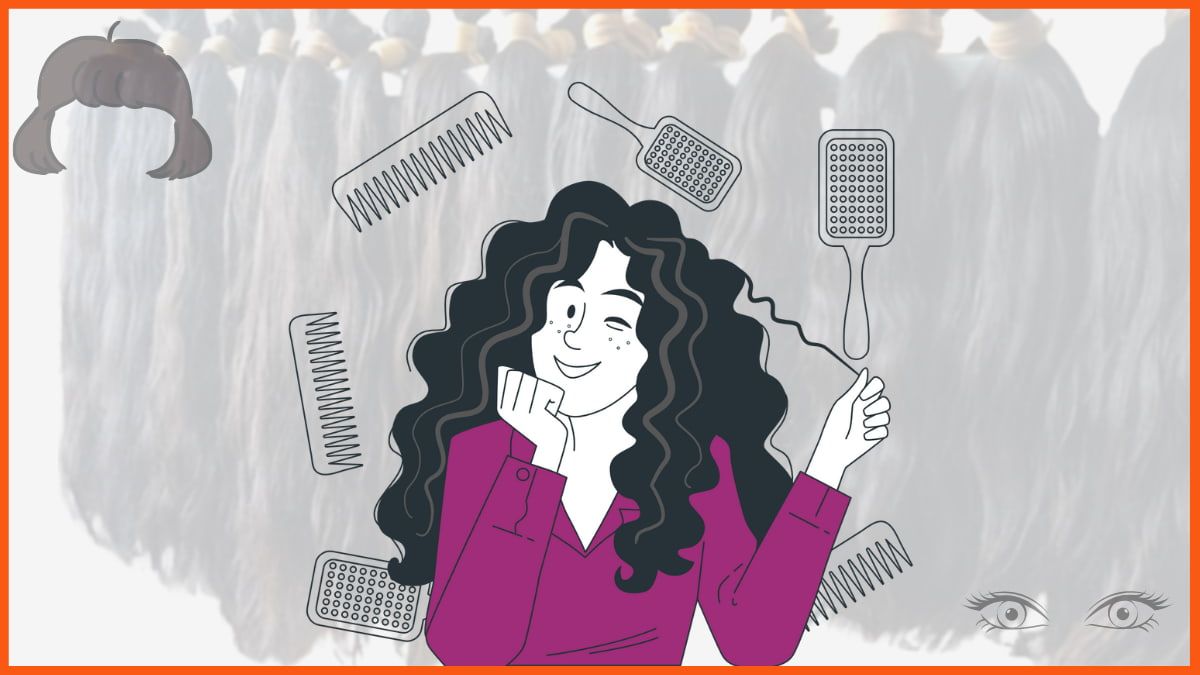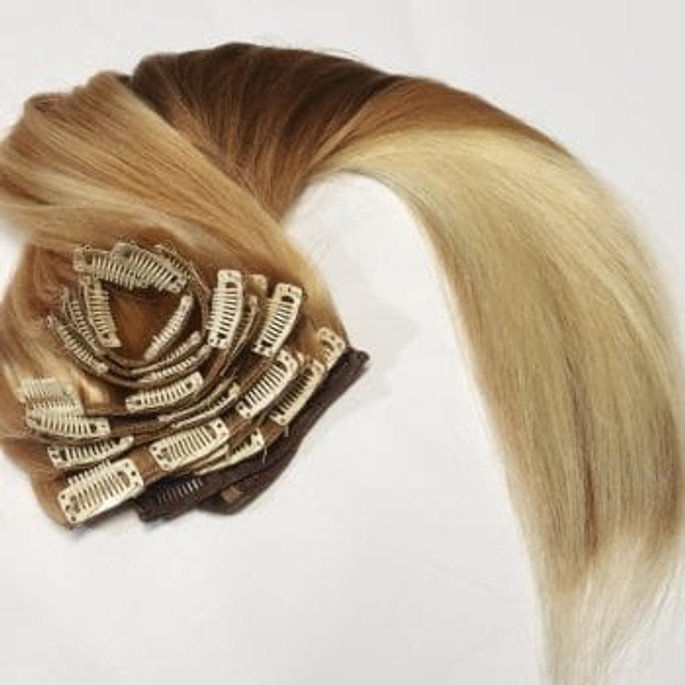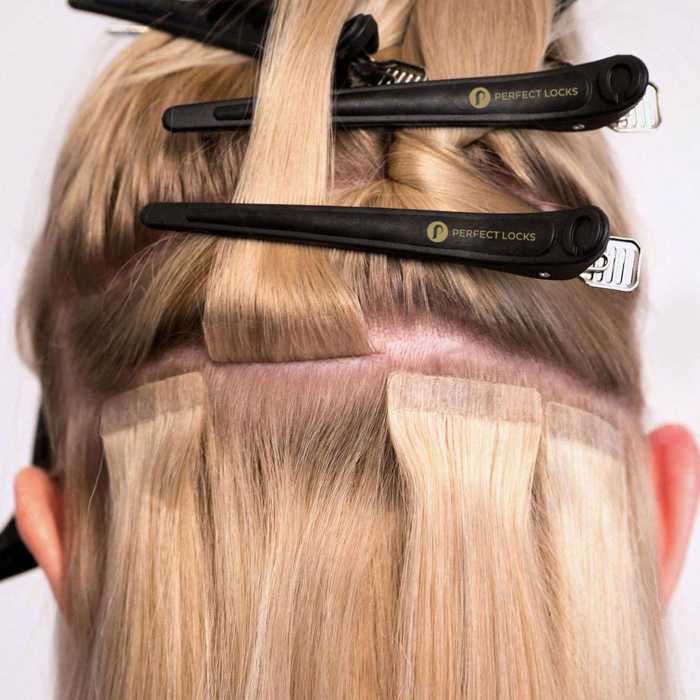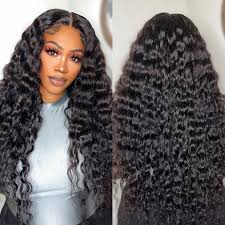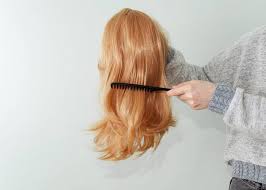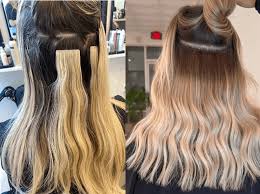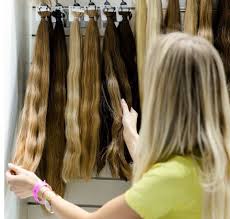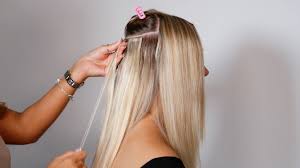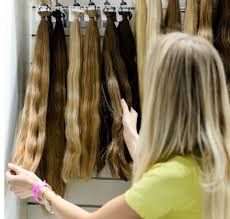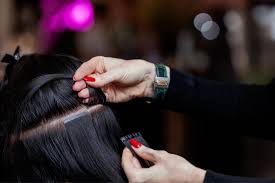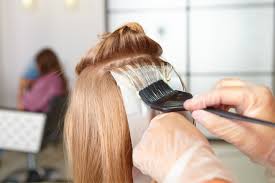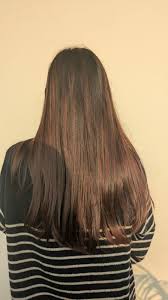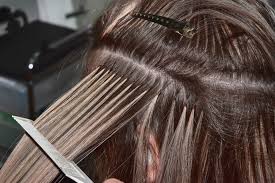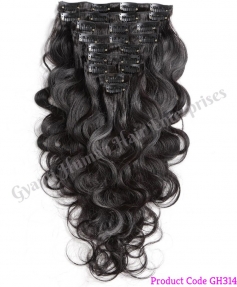Hybrid Hair Extension Methods: The Best of Clip-Ins, Tapes & More
When it comes to hair extensions, it’s easy to feel overwhelmed.
Clip-ins, tape-ins, sew-ins, keratin bonds — how do you even begin to choose?
Enter: Hybrid Hair Extension Methods — the ultimate blend of techniques that offer the best of both worlds.
In today’s blog, we’re exploring how hybrid methods are changing the hair extension game, and how you can find the perfect combination that fits your life, your style, and your hair goals.
What Are Hybrid Hair Extension Methods?
Simply put, hybrid hair extensions combine two or more installation techniques to give you a totally customized look and feel.
Instead of committing fully to one method (like just tape-ins or just clip-ins), hybrid methods mix them based on:
-
Hair type
-
Lifestyle needs
-
Desired look
-
Budget
-
Hair health
Think of it like mixing and matching tools in your beauty toolbox — only this time, it's your hair's dream team.
Why Are Hybrid Methods So Popular Right Now?
Hybrid extensions have exploded in popularity for a few simple reasons:
✨ More Flexibility:
You can enjoy the volume of permanent extensions and the freedom to remove parts whenever you want.
✨ Better Comfort:
No more heavy, full-head installs that feel uncomfortable. Hybrid methods target the areas that need support.
✨ Customized Look:
Different parts of your head may need different solutions — finer areas might prefer tape-ins, while thicker sections can handle clip-ins or sew-ins.
✨ Damage Control:
Minimizing stress on fragile hair by using lighter, temporary methods where needed.
Breaking Down the Key Extension Types in Hybrids
Let’s first quickly cover the most common methods you’ll find blended together:
1. Clip-In Extensions
-
Temporary, easy to apply and remove
-
Great for adding volume or length just for the day/night
-
Attached using small pressure-sensitive clips
Best For:
Quick transformations, special events, minimal commitment.
2. Tape-In Extensions
-
Semi-permanent (lasts about 6–8 weeks)
-
Thin wefts of hair attached with medical-grade adhesive tape
-
Very natural and flat against the scalp
Best For:
Everyday wear, seamless looks, low-profile styles.
3. Sew-In (Weave) Extensions
Best For:
Thicker hair types, protective styles, long-term wear.
4. Keratin Bond Extensions
Best For:
Supernatural movement, blending fine hair, long-term wear.
How Hybrid Extensions Combine These Methods
Here’s how hybrid extensions work in real life:
-
Clip-ins at the crown for flexible styling
-
Tape-ins around the perimeter for flat, seamless blending
-
Sew-in bundles in the back for durable fullness
-
Keratin bonds in the parting area for invisible roots
By strategically combining methods, stylists can:
-
Enhance natural movement
-
Create high-volume areas without bulky looks
-
Protect natural hair where it’s weakest
-
Customize maintenance schedules (clip-ins out daily, tapes refreshed every 6 weeks, etc.)
Real-World Examples of Hybrid Hair Extensions
✨ Case Study 1: Sarah’s Volume-Only Transformation
Sarah had shoulder-length hair but wanted mega-volume for her wedding.
Solution:
Result: Glamorous, Hollywood waves — and she could remove her clip-ins after the wedding for a lighter feel!
✨ Case Study 2: Amanda’s Busy Boss Life
Amanda, a busy executive, wanted extra hair but couldn't commit to long salon visits.
Solution:
Result: A professional, polished look — and an upgrade for big days!
✨ Case Study 3: Jake’s Gender-Affirming Hair Journey
Jake was exploring hair extensions as part of his gender transition and wanted subtle, natural growth.
Solution:
Result: A personal, affirming journey with flexibility built in.
Pros and Cons of Hybrid Hair Extensions
Pros:
✅ Totally customizable to your needs
✅ Healthier for fragile or fine hair
✅ Flexibility to change your look often
✅ Mix temporary and semi-permanent styles
✅ Can save money in the long run
Cons:
⌠Needs a highly skilled stylist
⌠Maintenance can involve different routines for different sections
⌠More complex to install than just one method
⌠May cost a bit more initially
Things to Consider Before Choosing a Hybrid Method
1. Hair Type
Thick, fine, curly, straight — your hair’s natural texture plays a big role.
2. Lifestyle
Do you sweat often, swim, or travel a lot?
Flexible clip-ins might suit you better than sticky adhesives.
3. Budget
Hybrid methods can save money over time but may require a slightly bigger upfront investment.
4. Styling Habits
If you love ponytails, updos, or heat styling, some methods blend better with those needs than others.
Maintenance Tips for Hybrid Extensions
-
Gentle Washing:
Use sulfate-free shampoos and conditioners to avoid weakening tapes and bonds.
-
Detangling:
Use a wide-tooth comb and always start from the bottom up.
-
Night Care:
Braid or wrap your hair before bed to prevent tangling.
-
Clip-In Care:
Always remove clip-ins before sleeping to protect your natural hair.
-
Salon Visits:
Schedule regular maintenance appointments every 6–8 weeks for tape/bond touch-ups.
What’s the Future of Hybrid Extensions?
Just like every beauty innovation, hybrid methods are getting even cooler:
-
AI-driven matching: Using apps that scan your head to suggest custom blend techniques.
-
Invisible tapes and micro bonds: Almost undetectable even with super thin hair.
-
Self-adjusting extensions: Experimental adhesives that adjust with heat/humidity.
Imagine extensions that feel like they were grown right out of your scalp — that's where we're heading.
Final Thoughts: Hybrid Extensions Are the Future of Personalized Beauty
No two heads of hair are alike — so why should your extensions be?
Hybrid extension methods are empowering stylists and clients alike to create the perfect, personalized hair experience: part art, part science, and 100% you.
Whether you're looking for daily glamour, special event drama, or a gentle everyday boost, the right combination of clip-ins, tapes, and more could be your secret weapon.
Because at the end of the day, your hair should work for you, not the other way around. ✨
Related Blog


